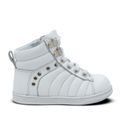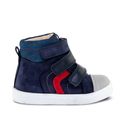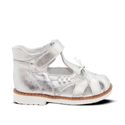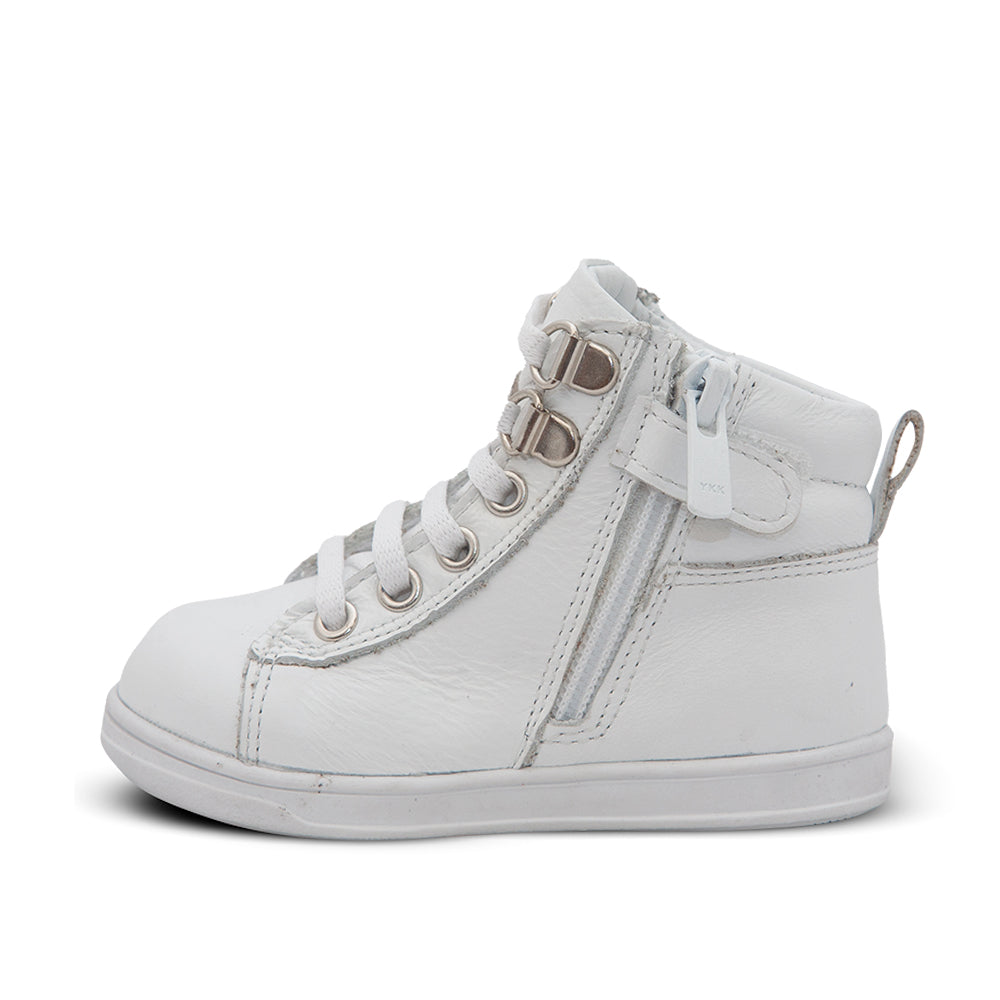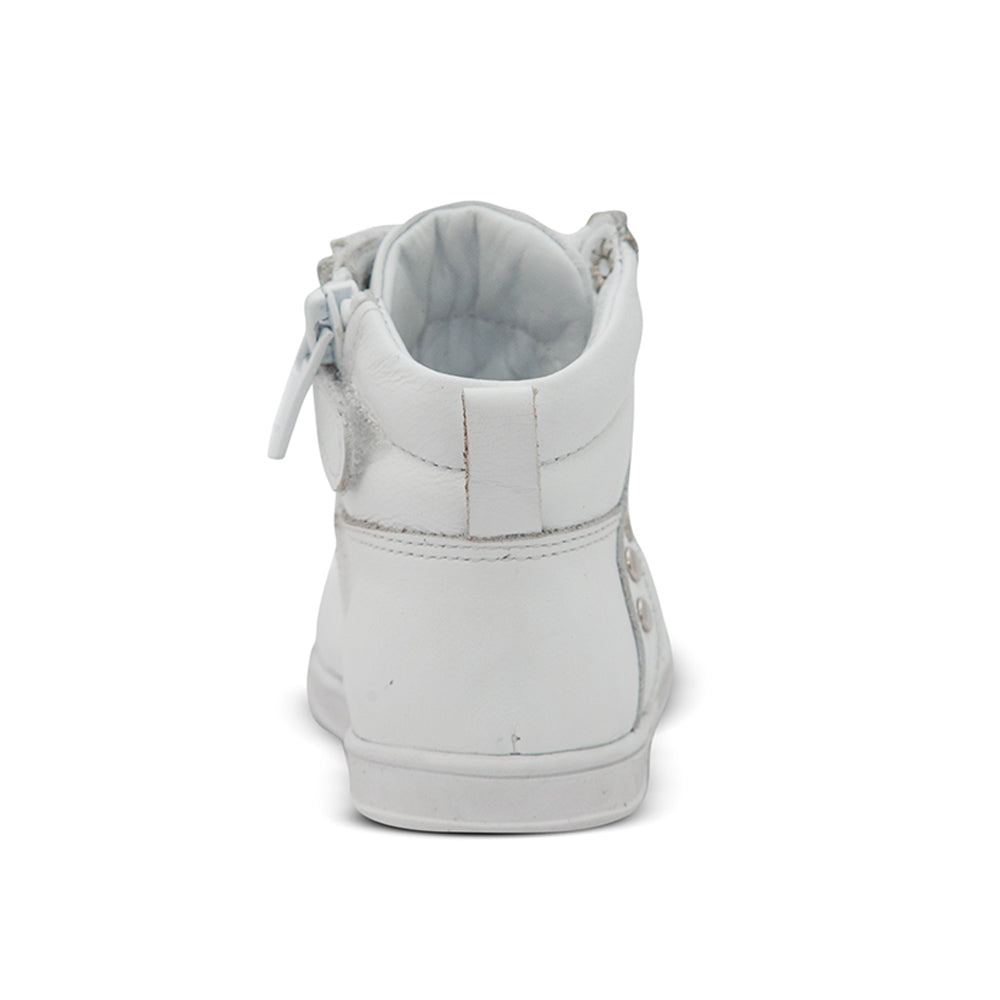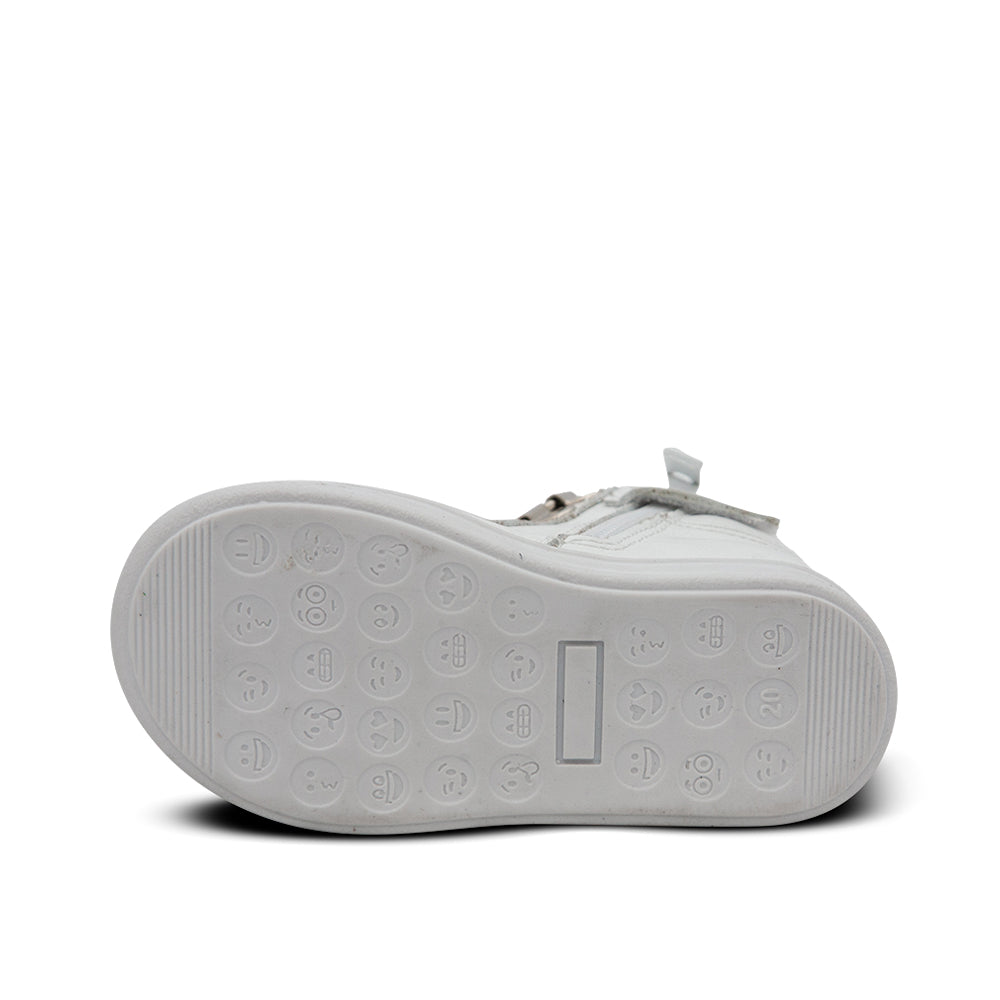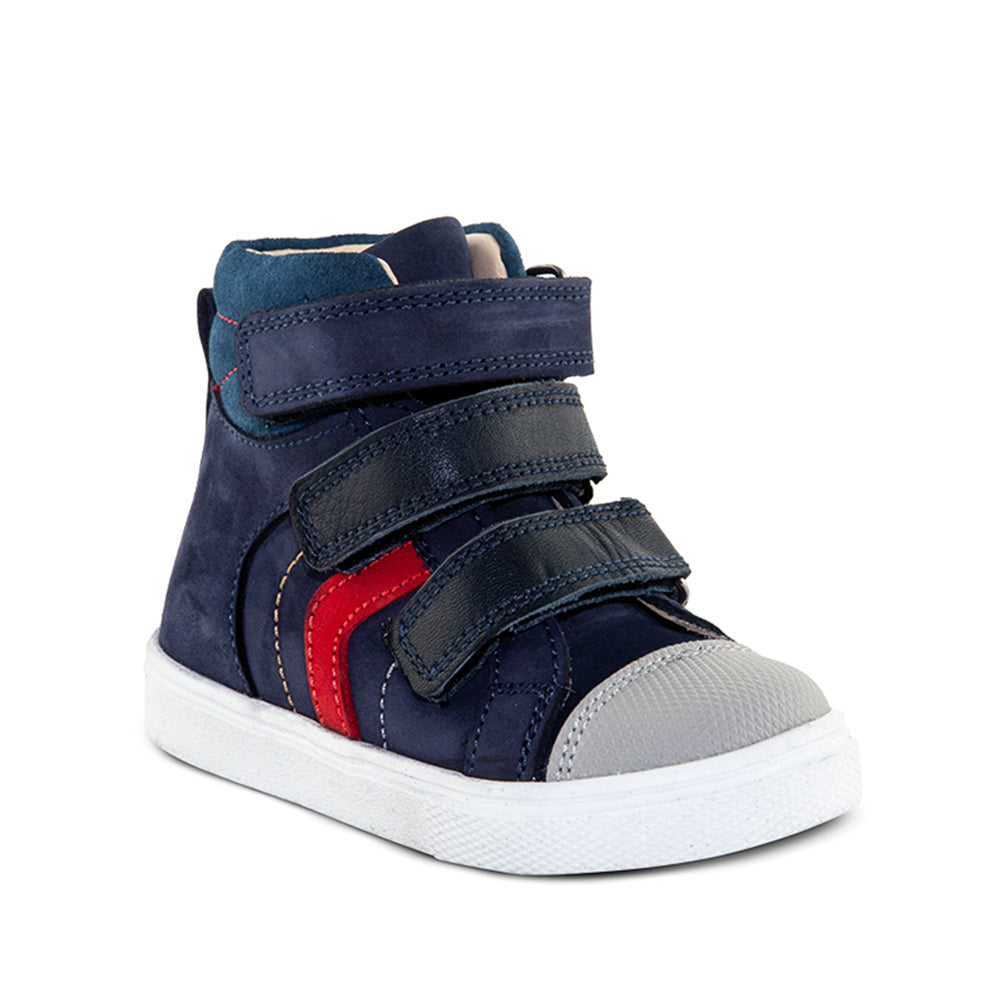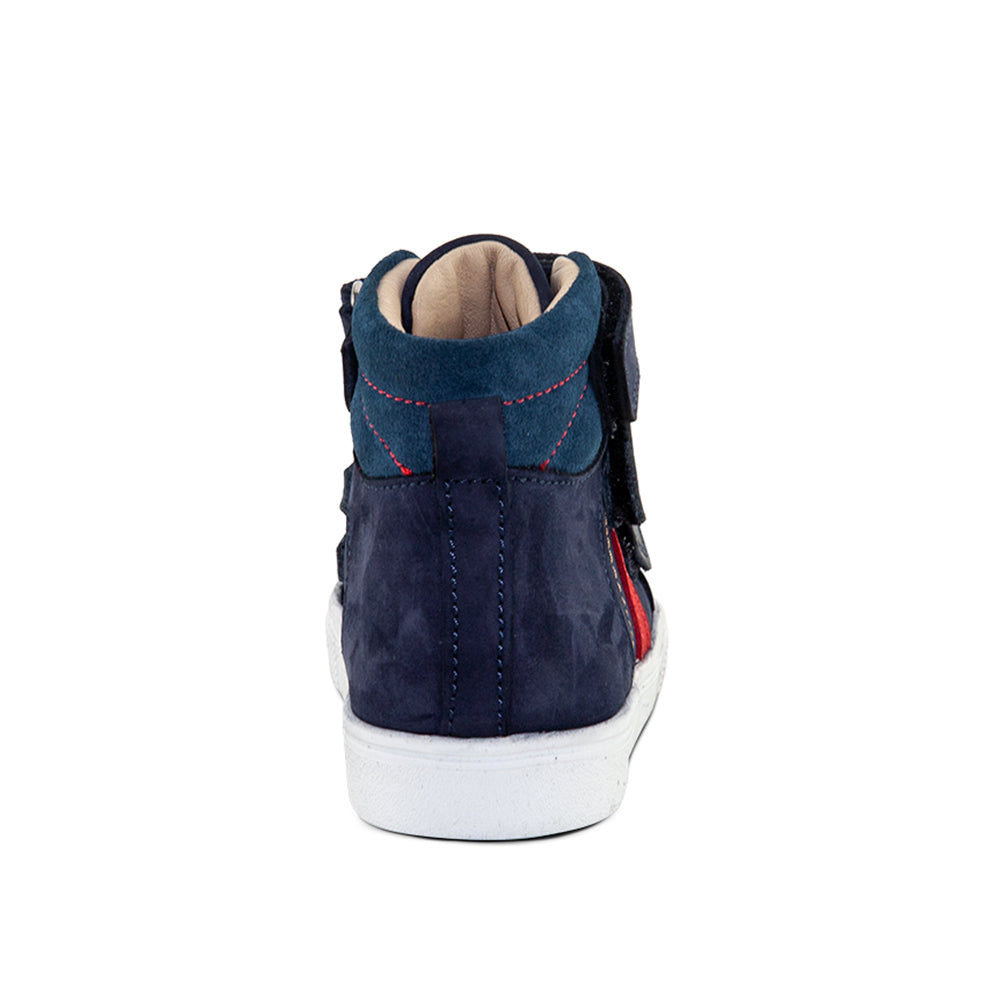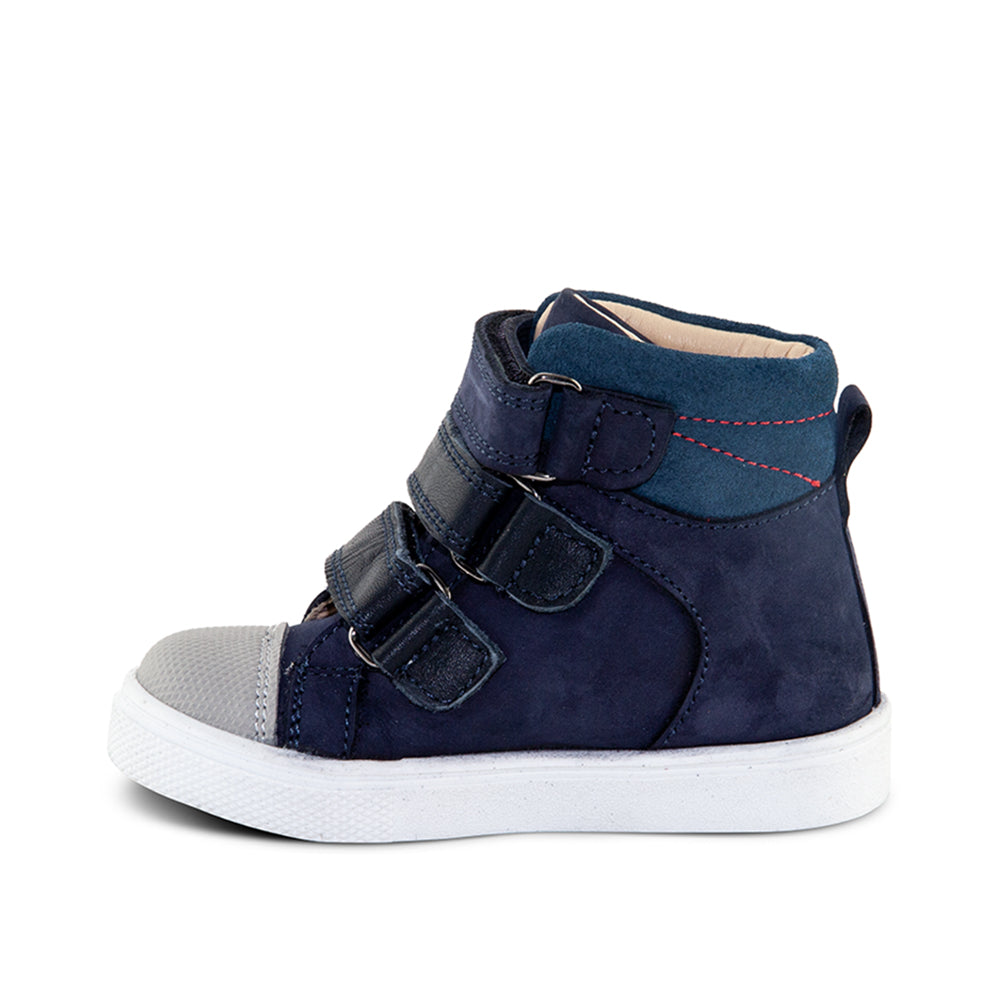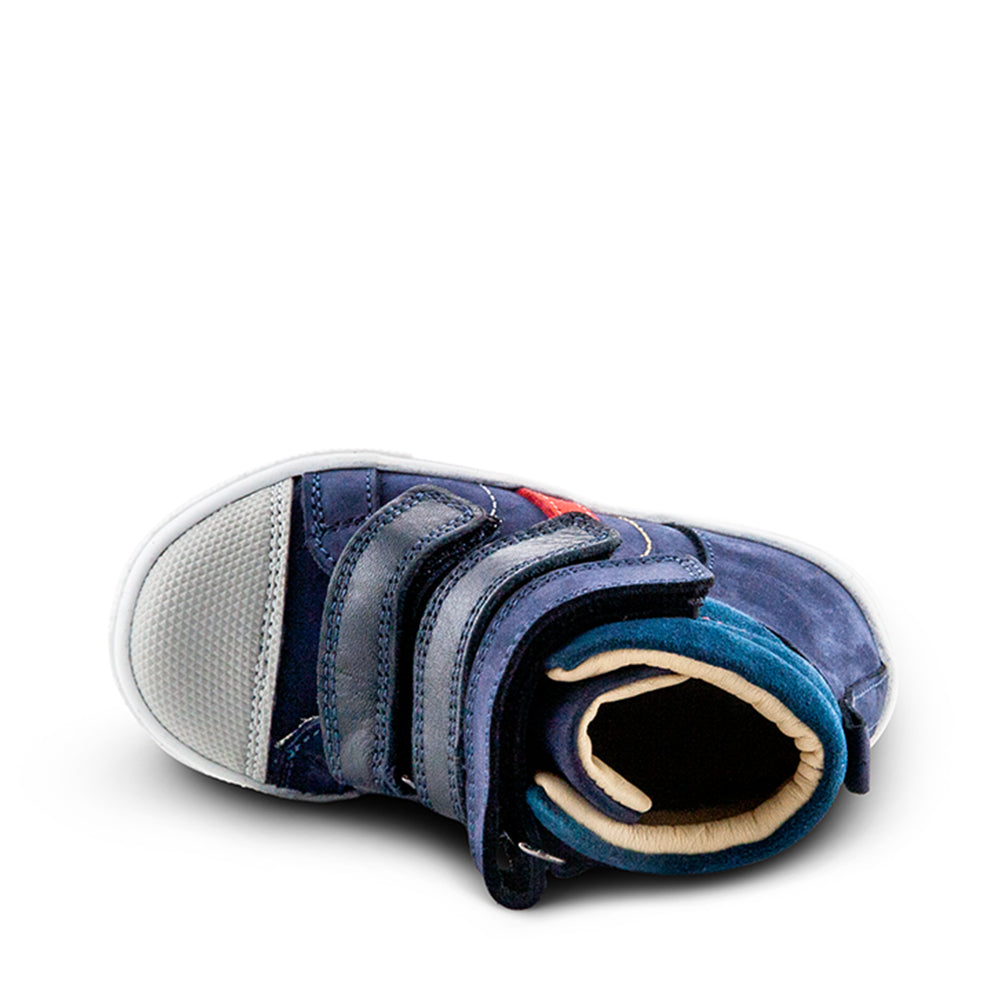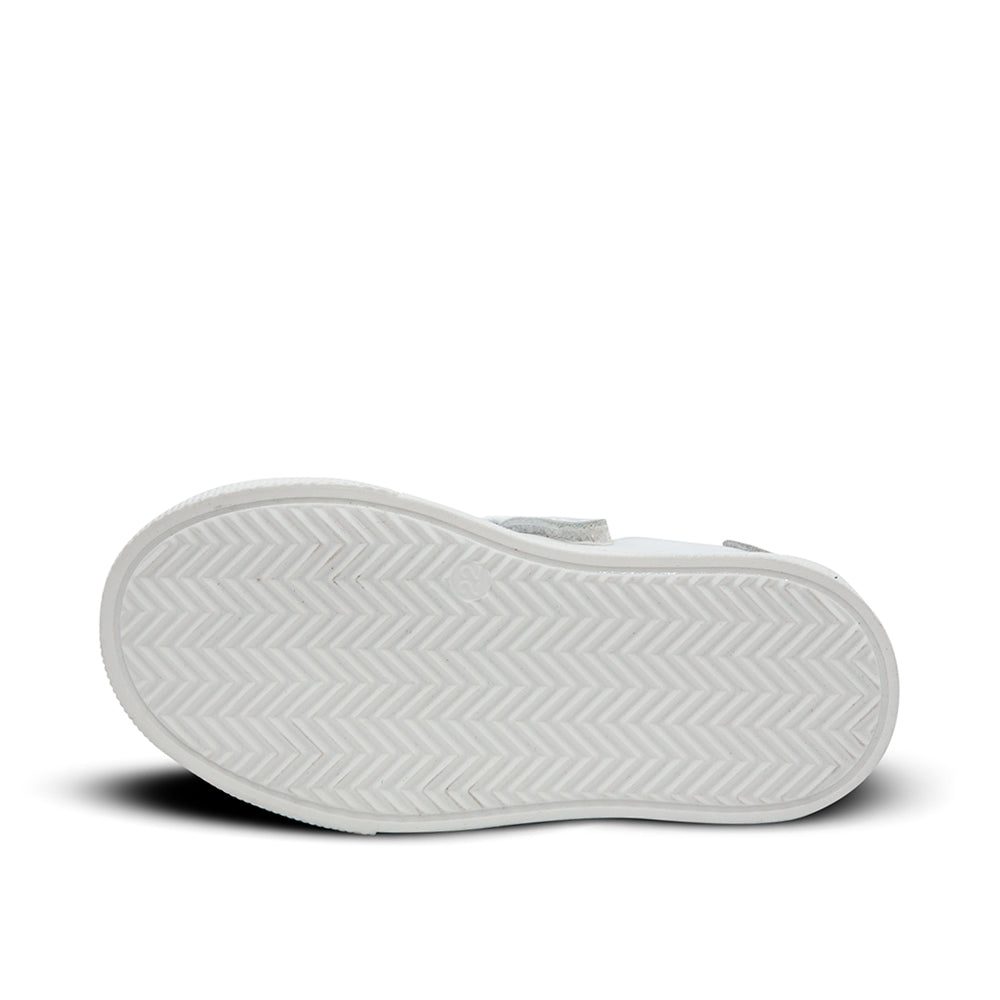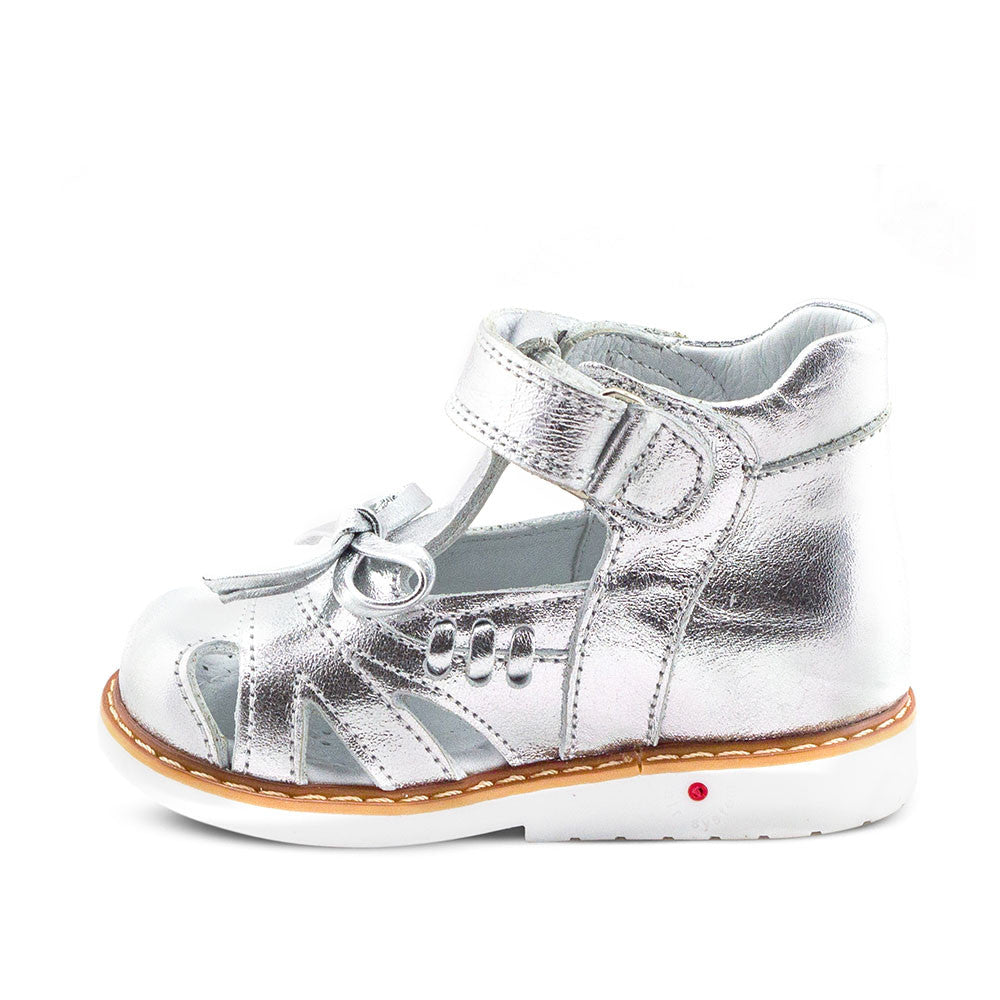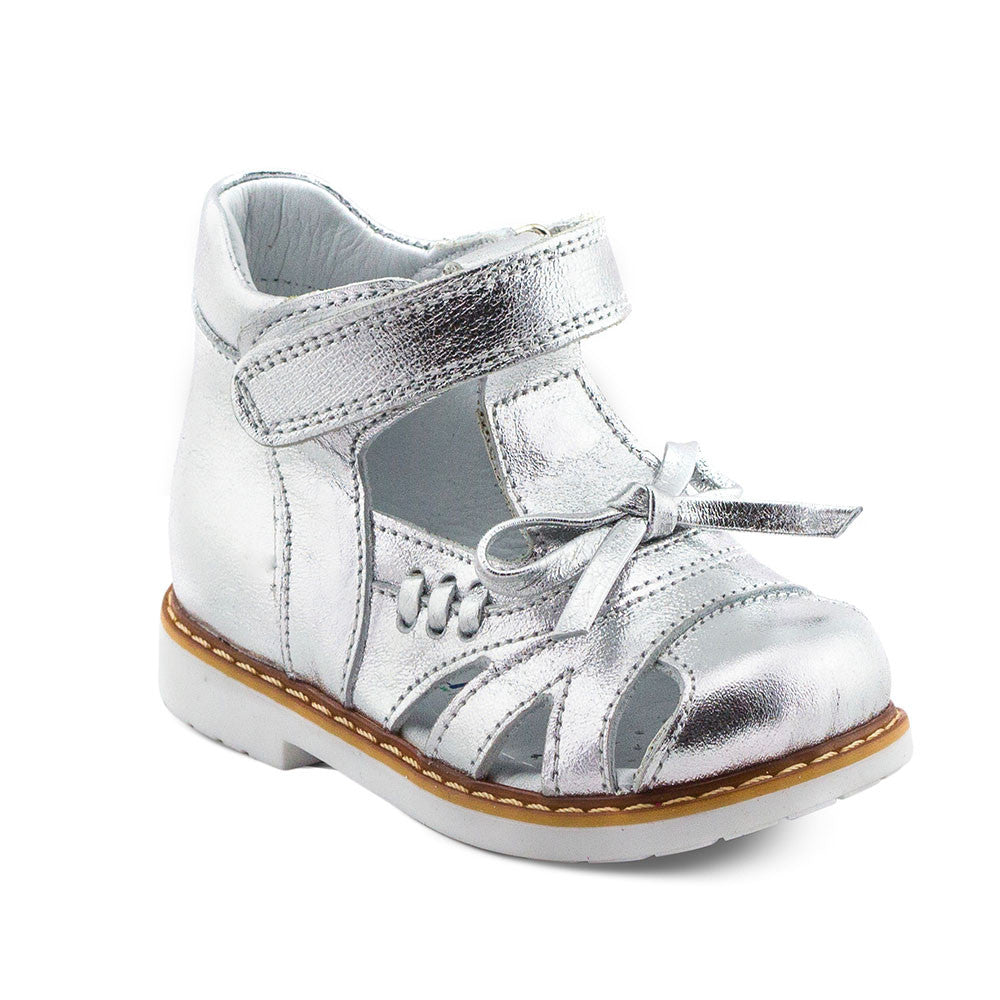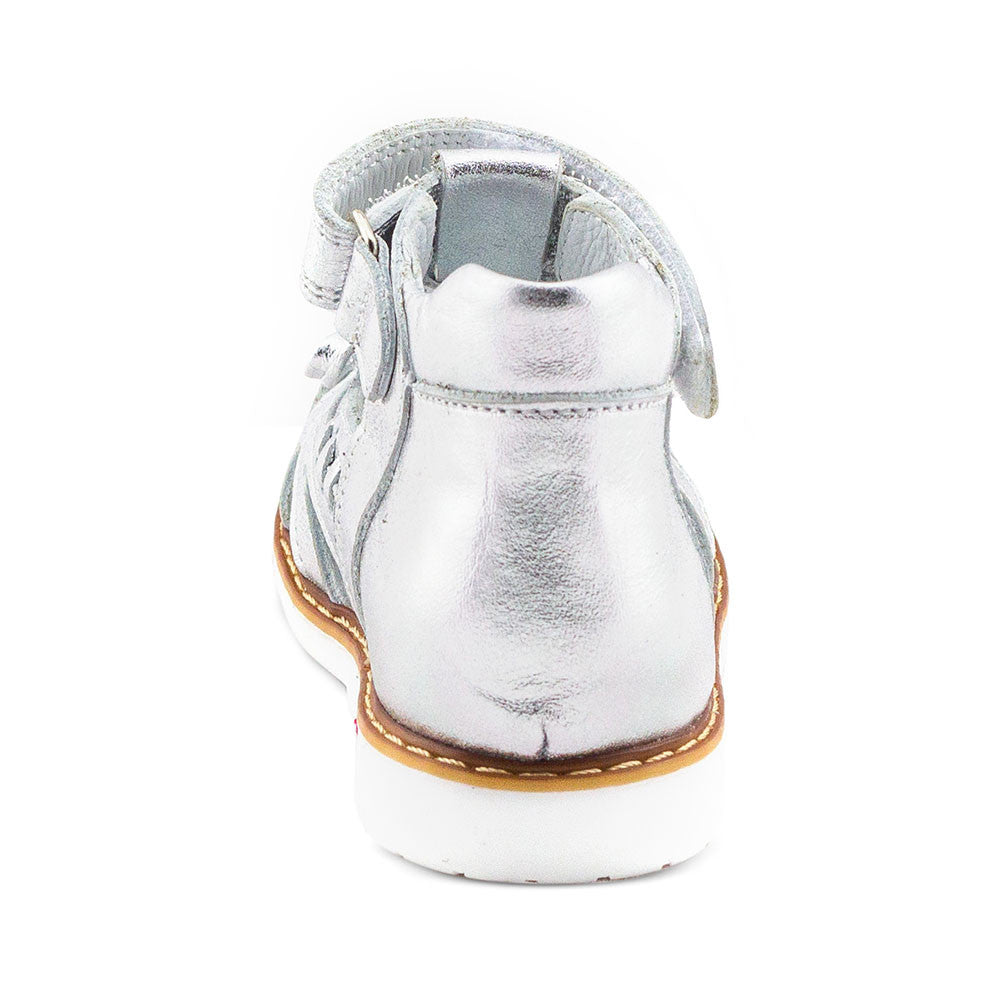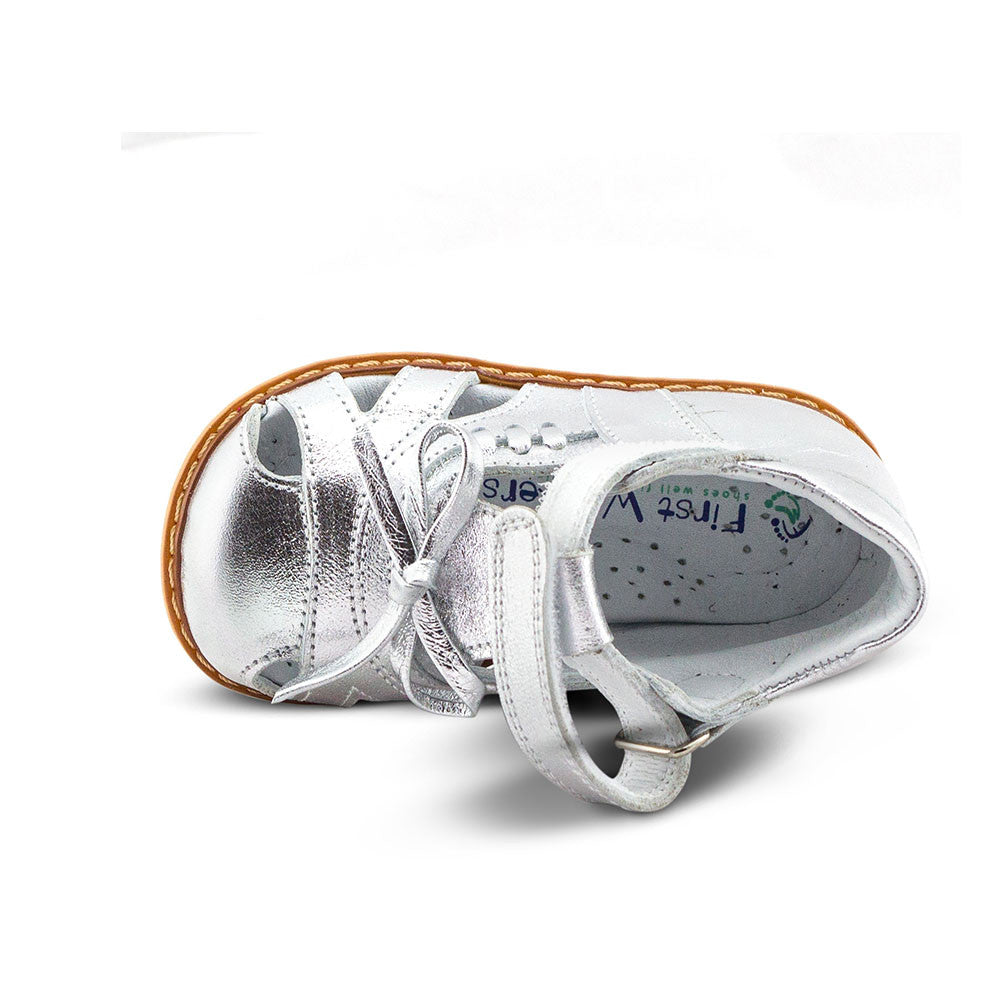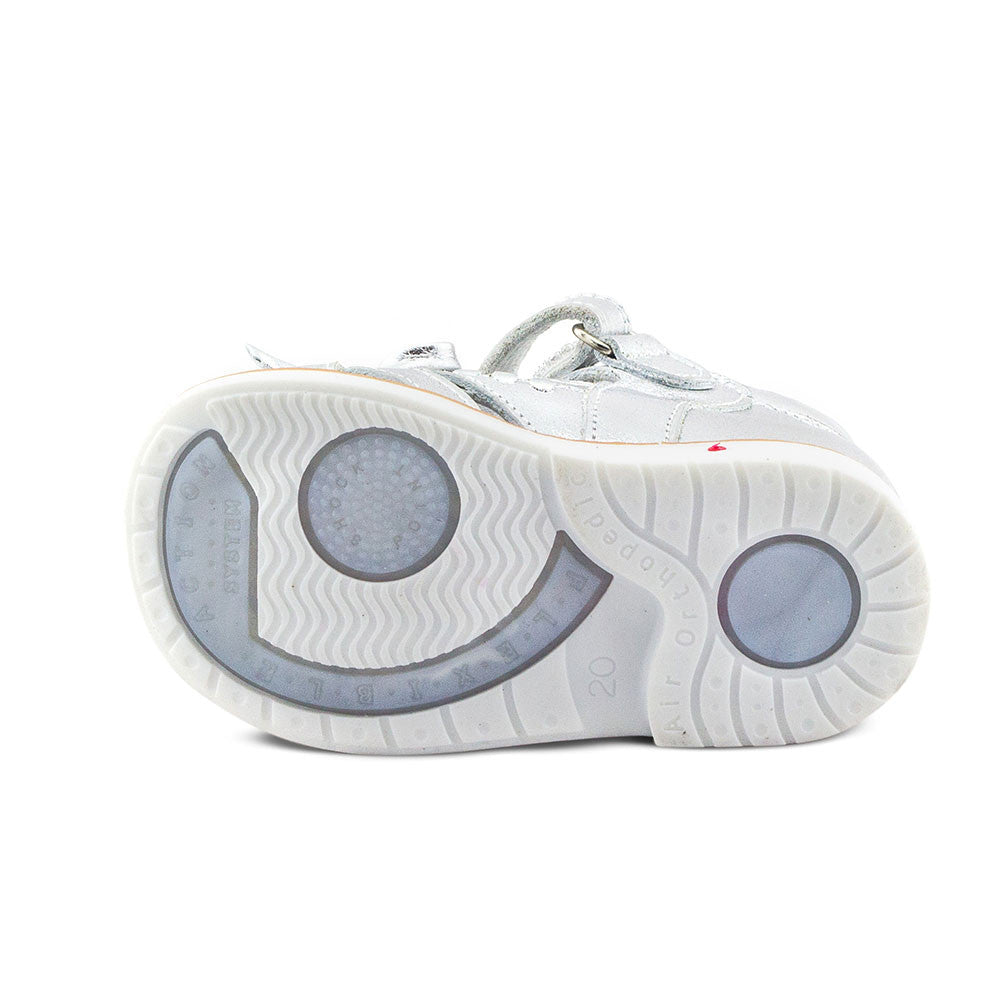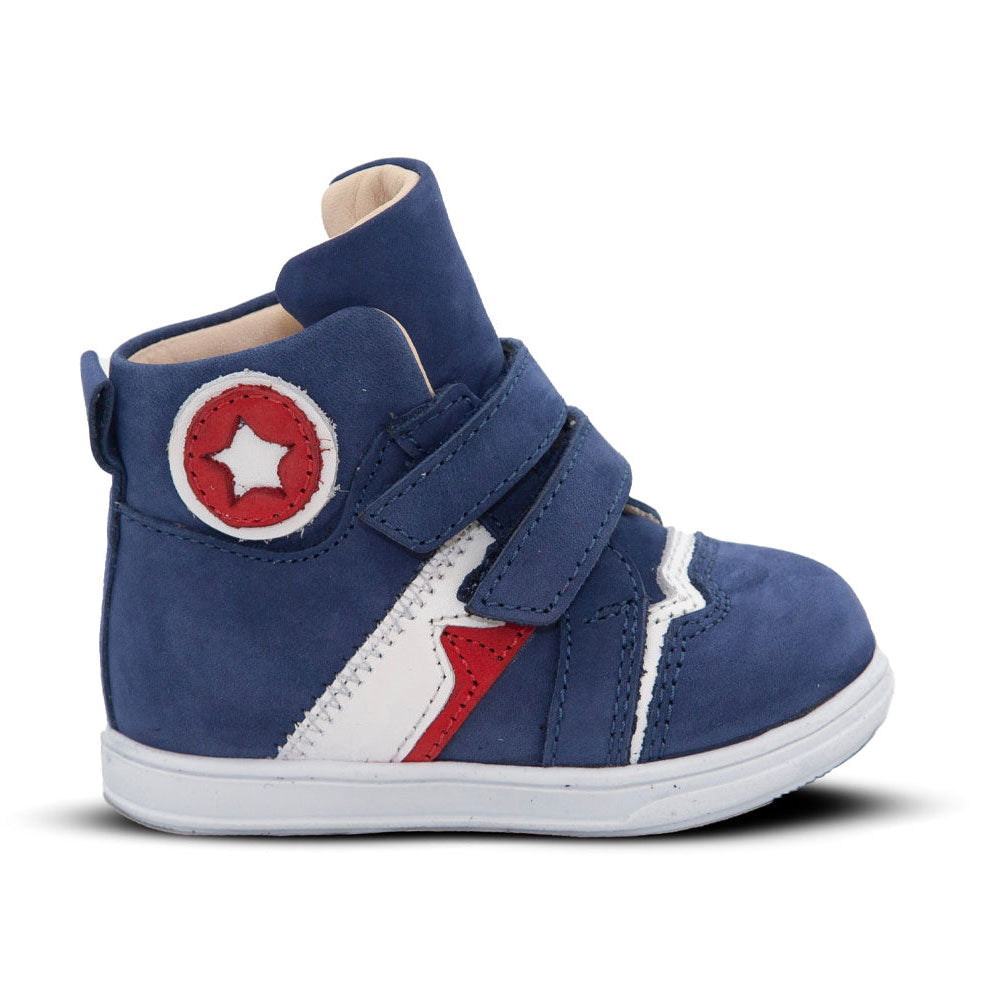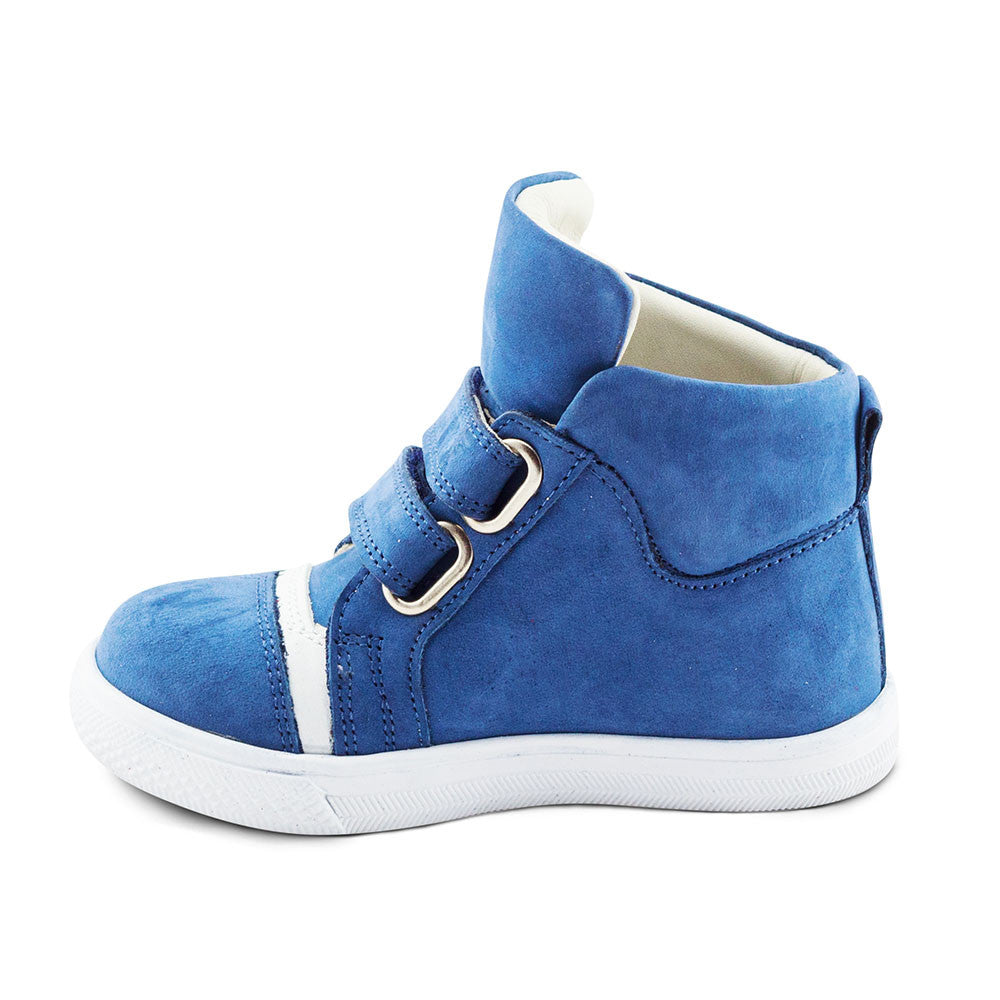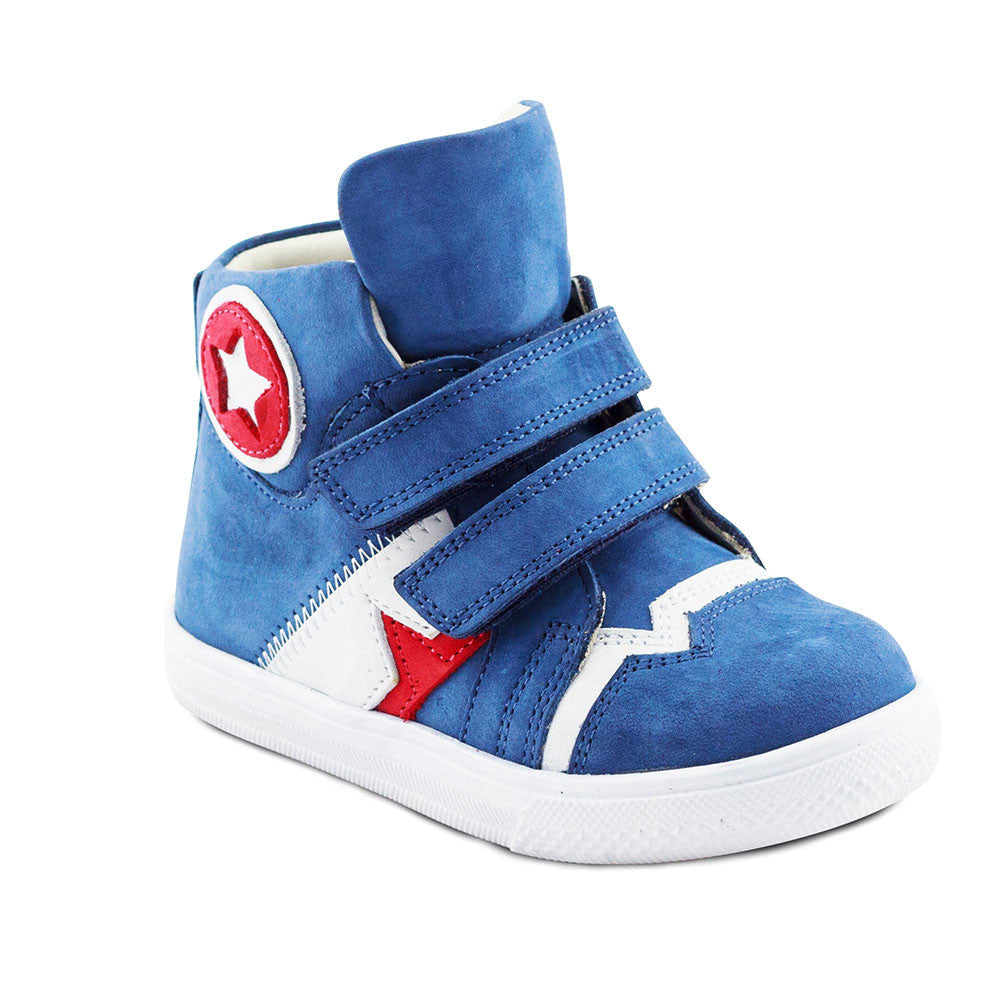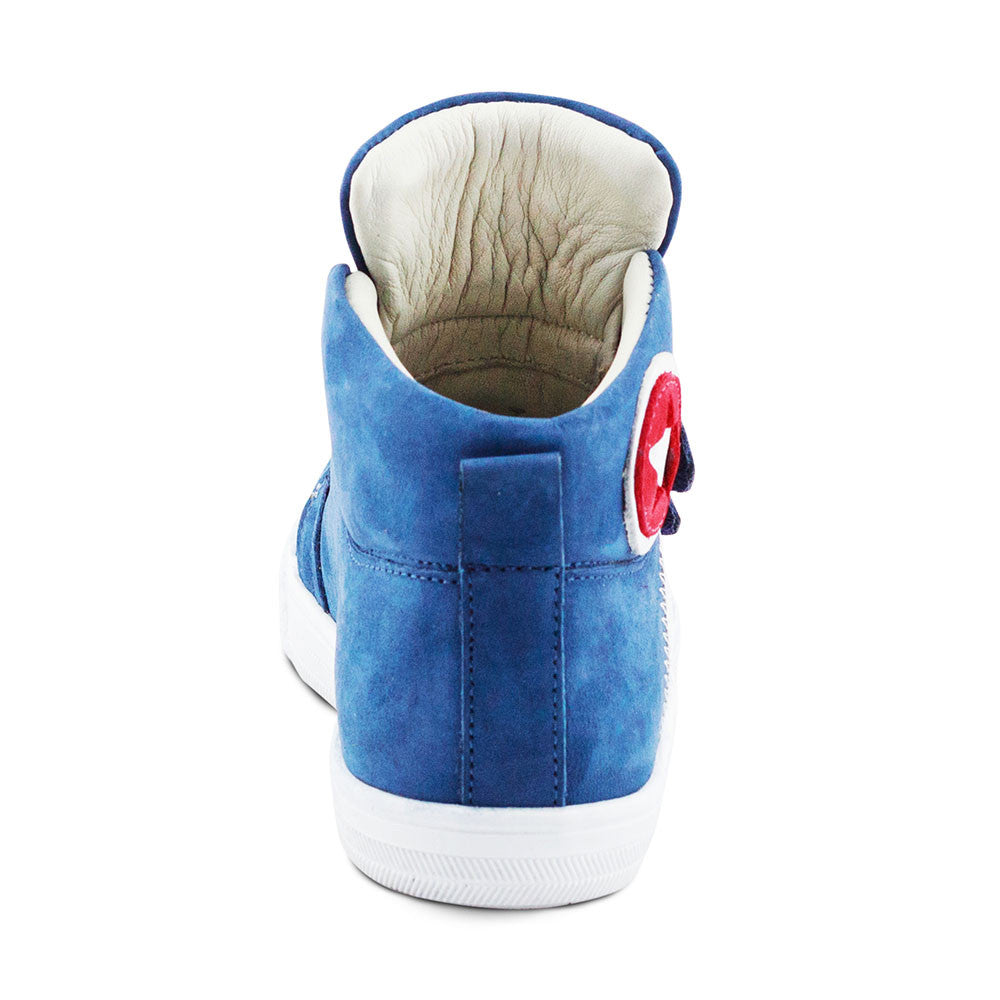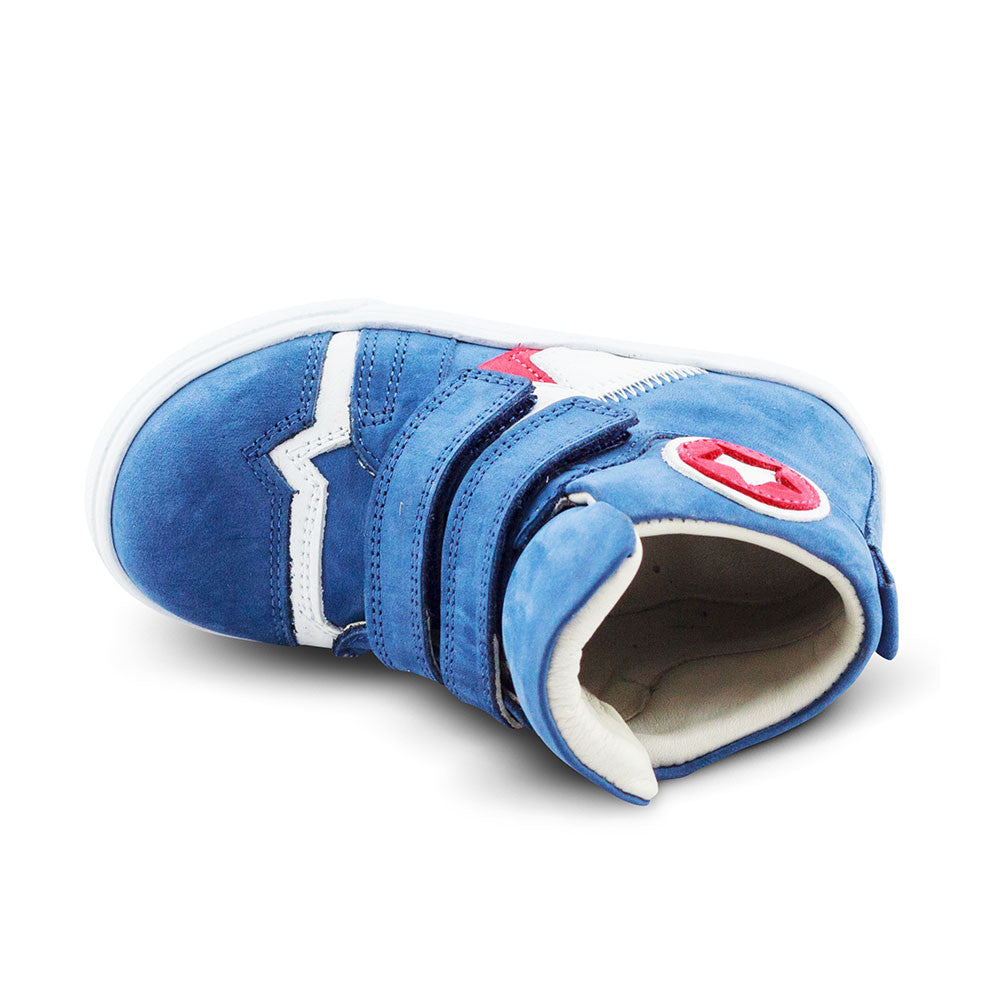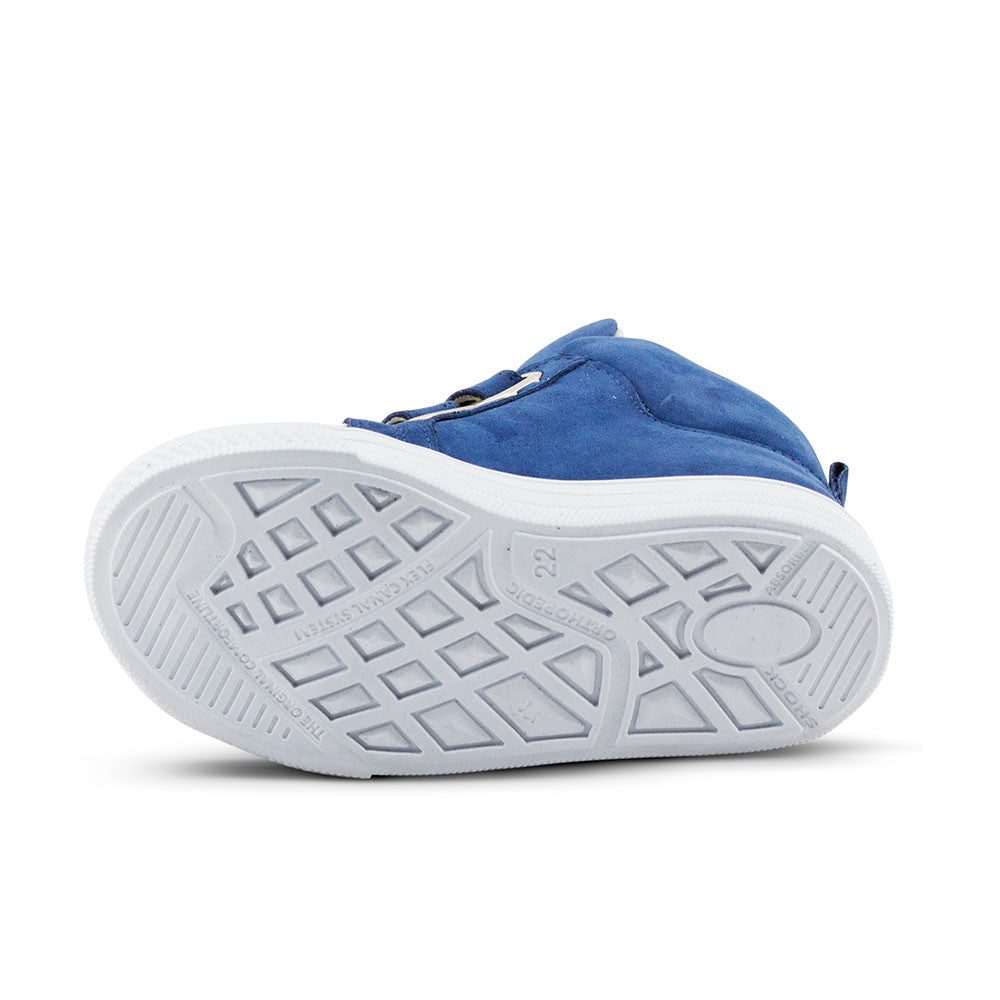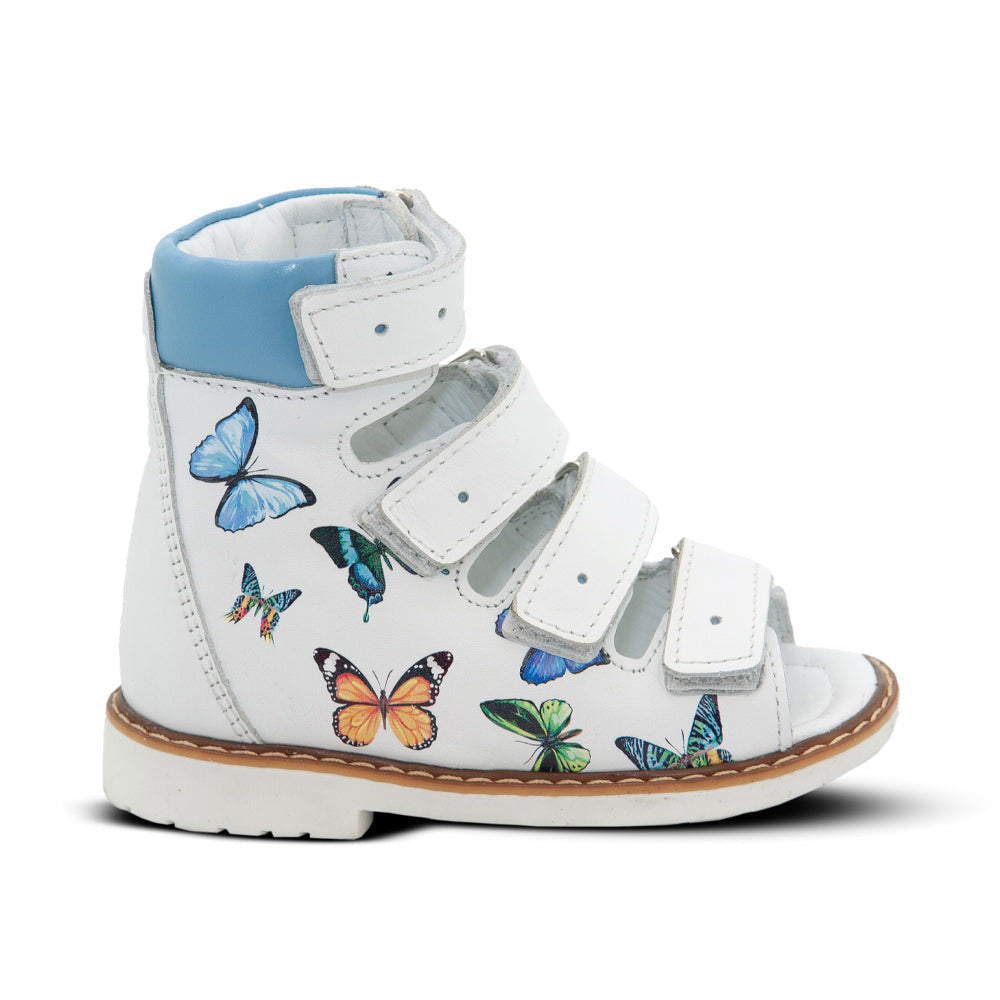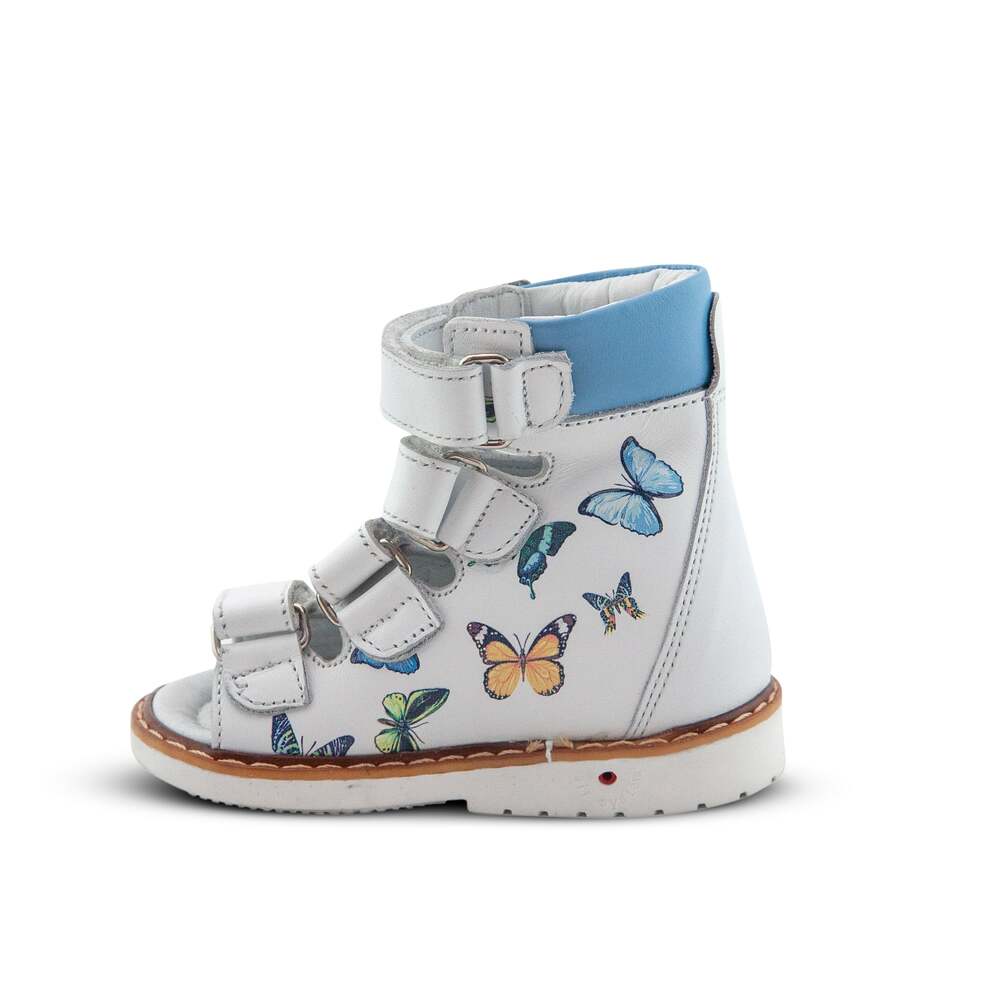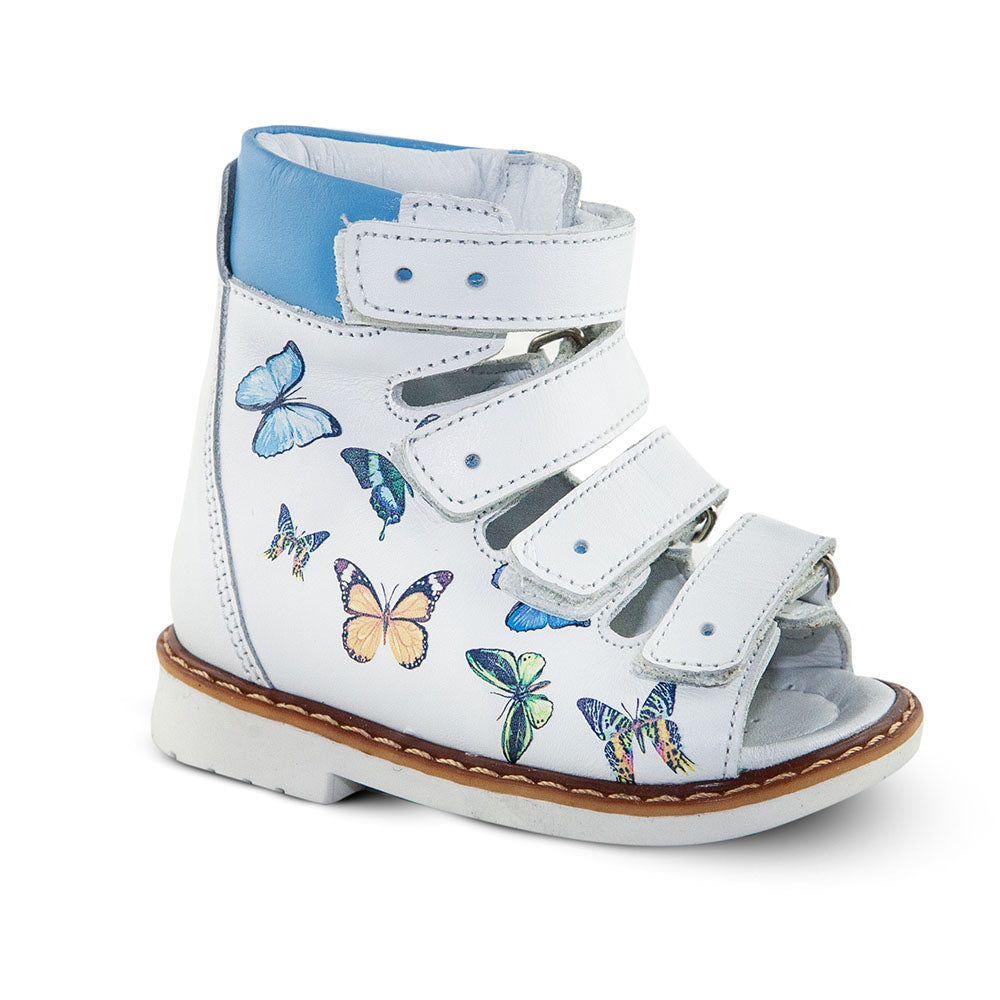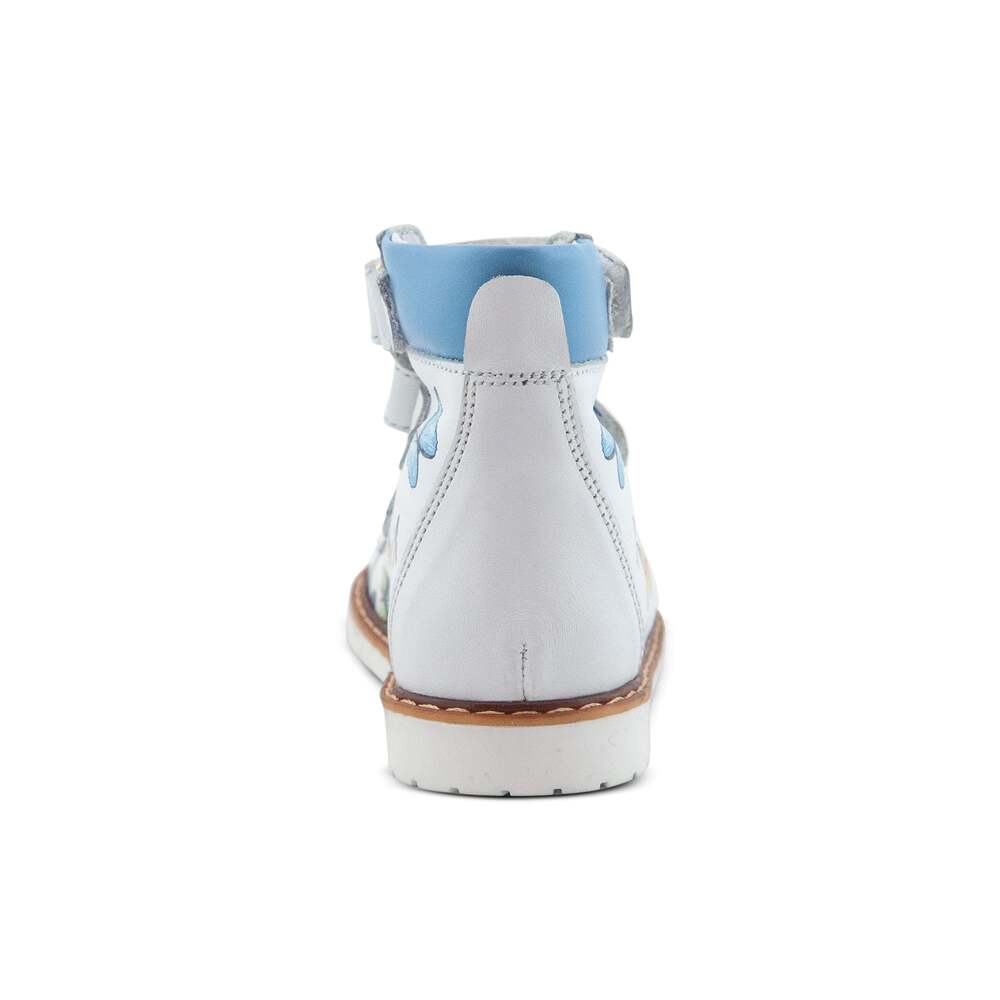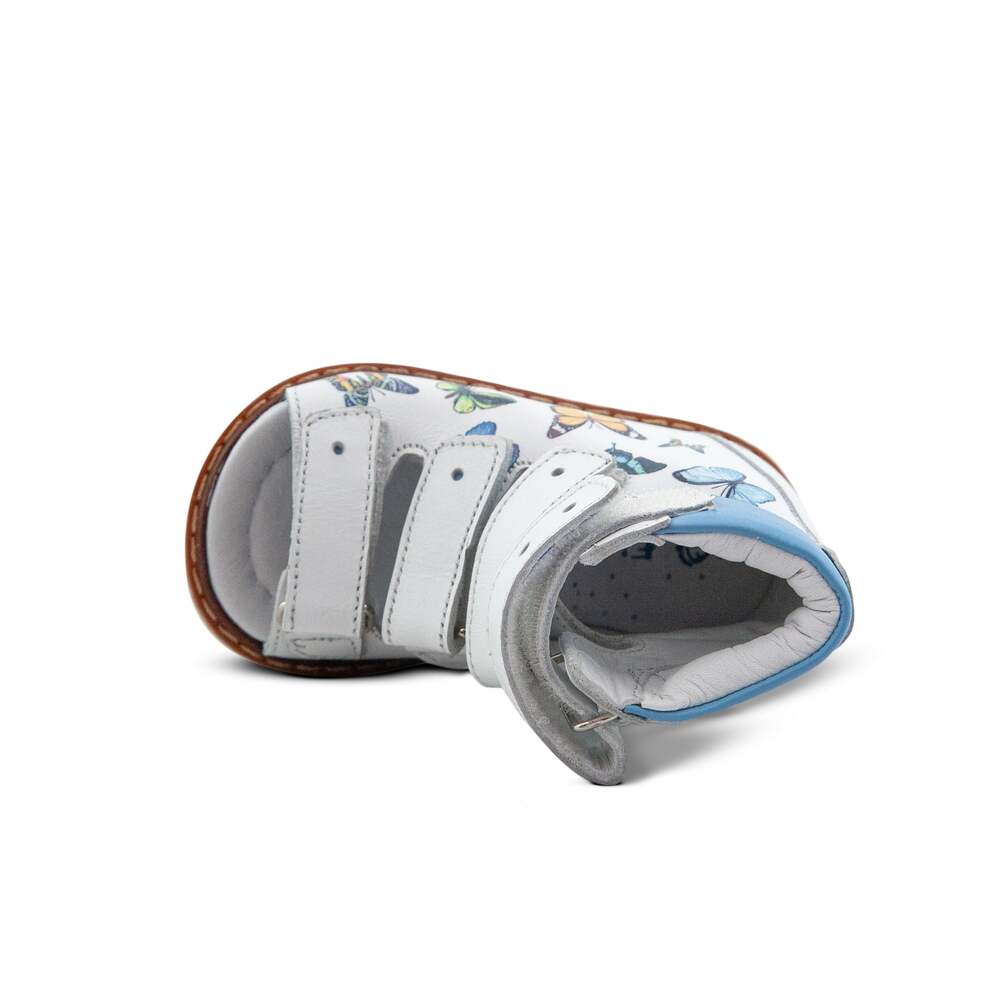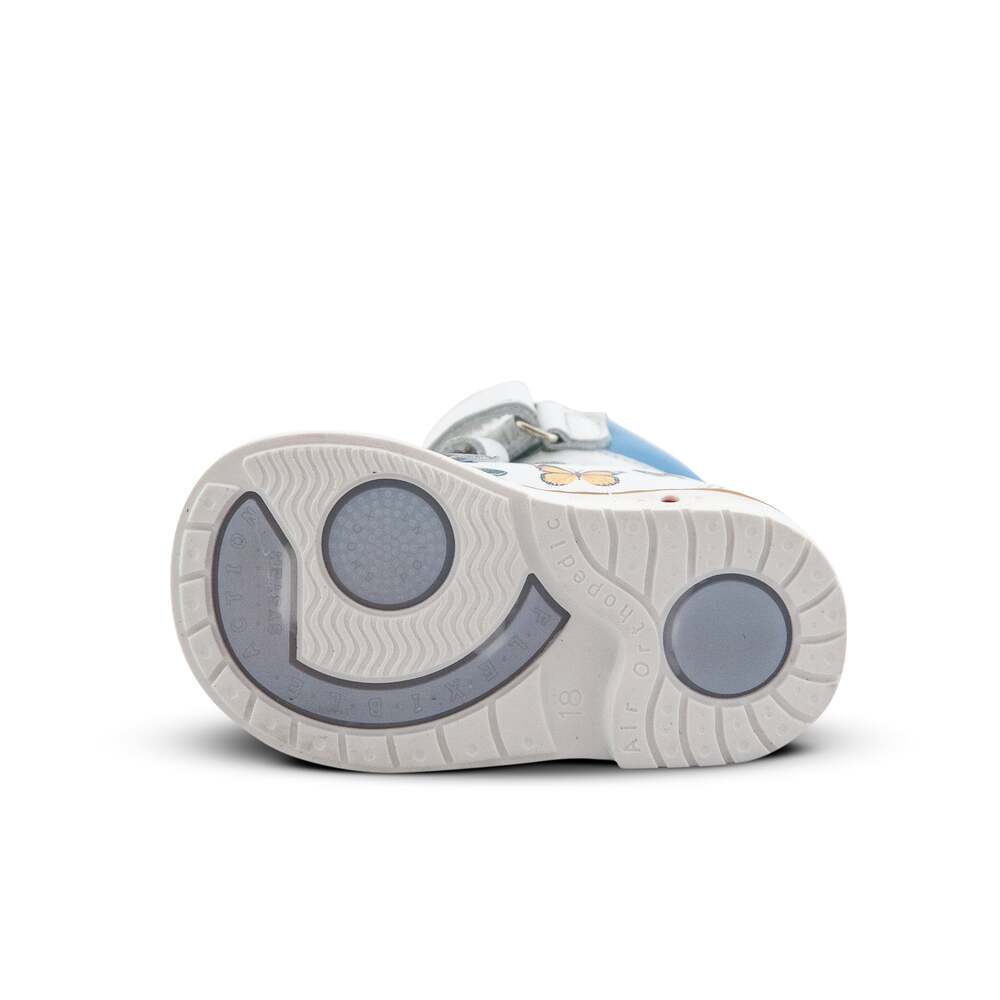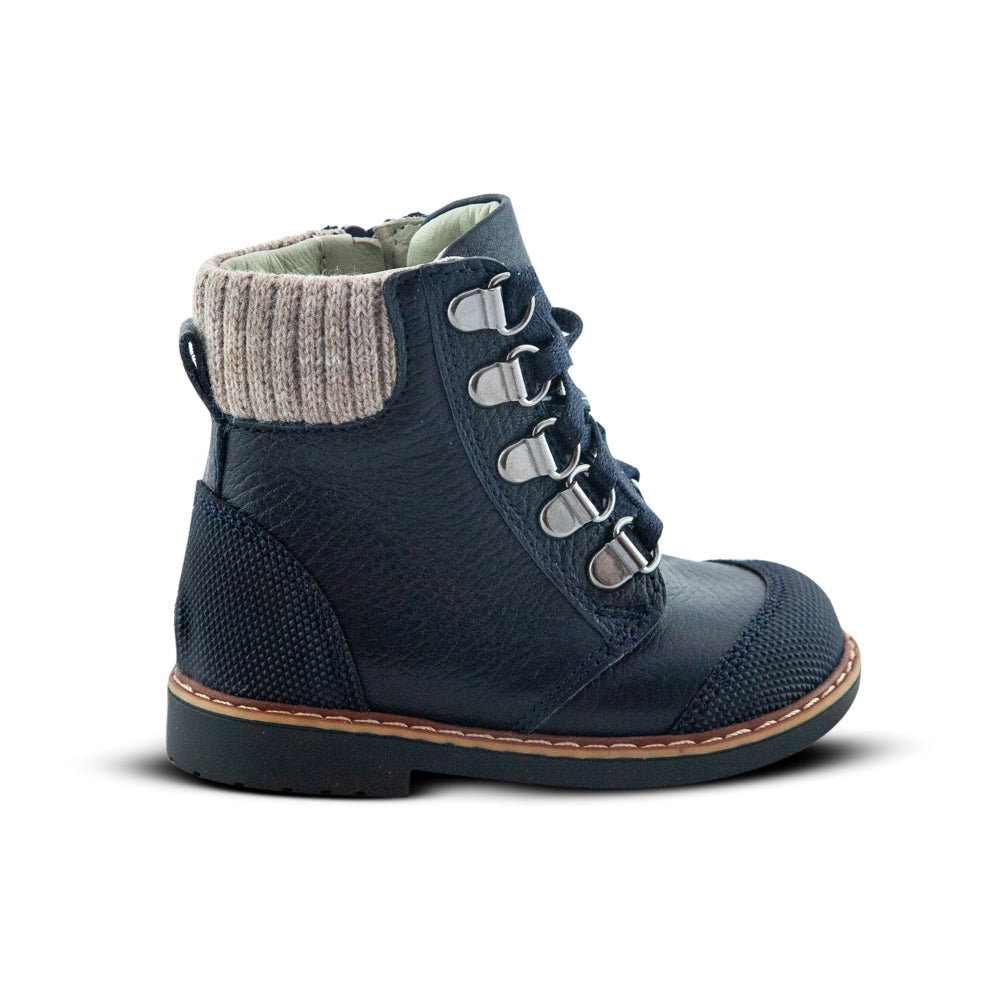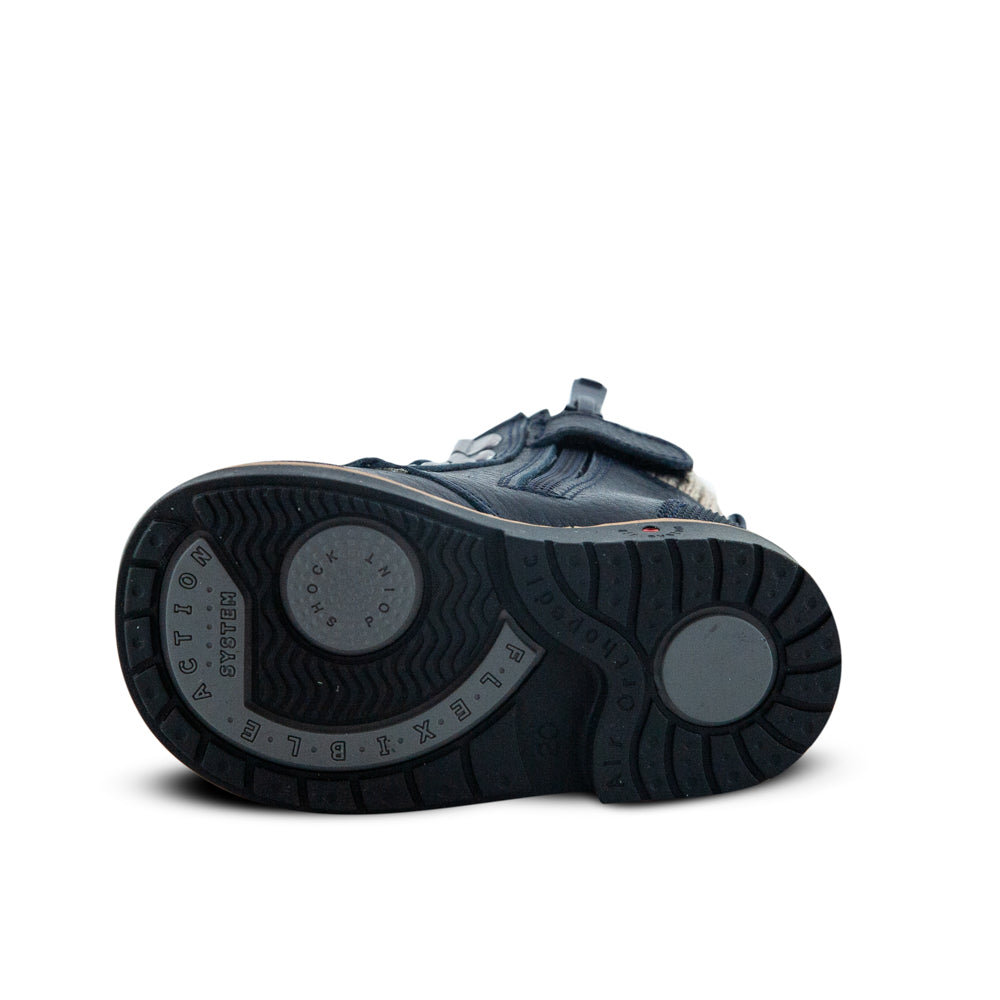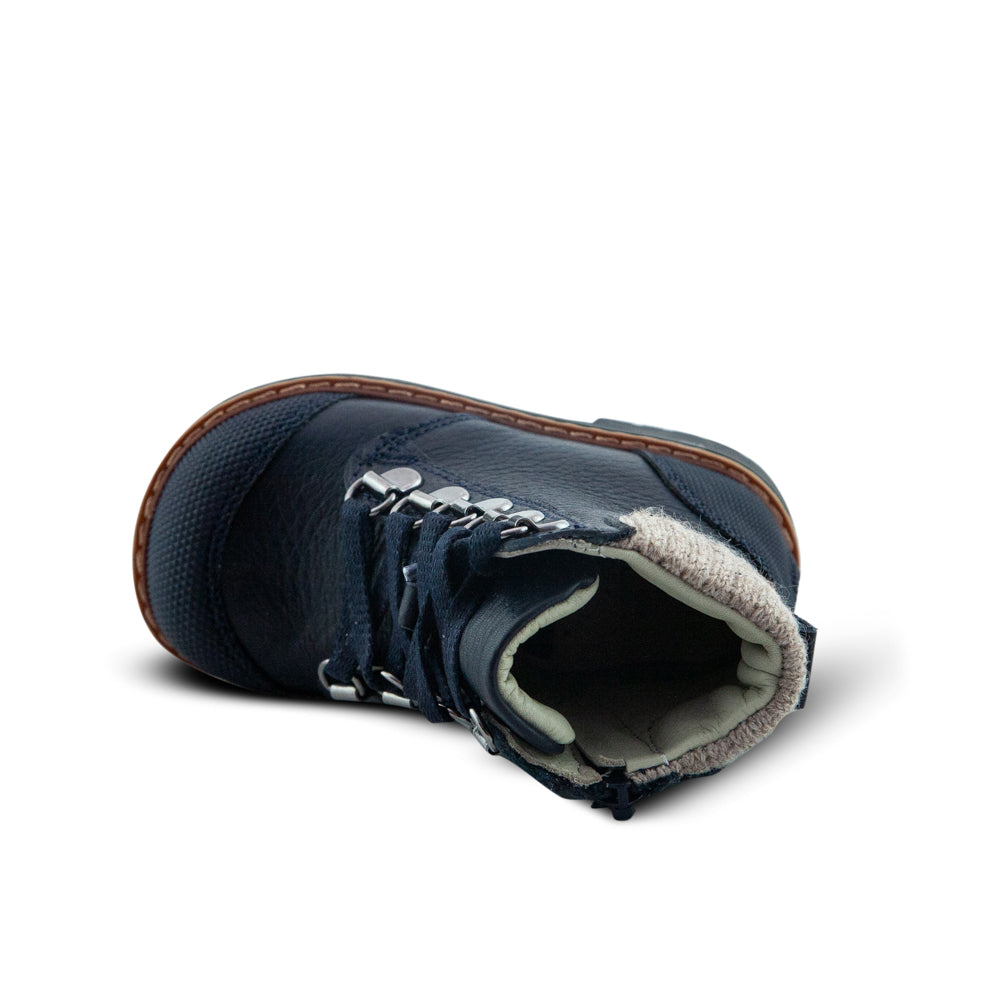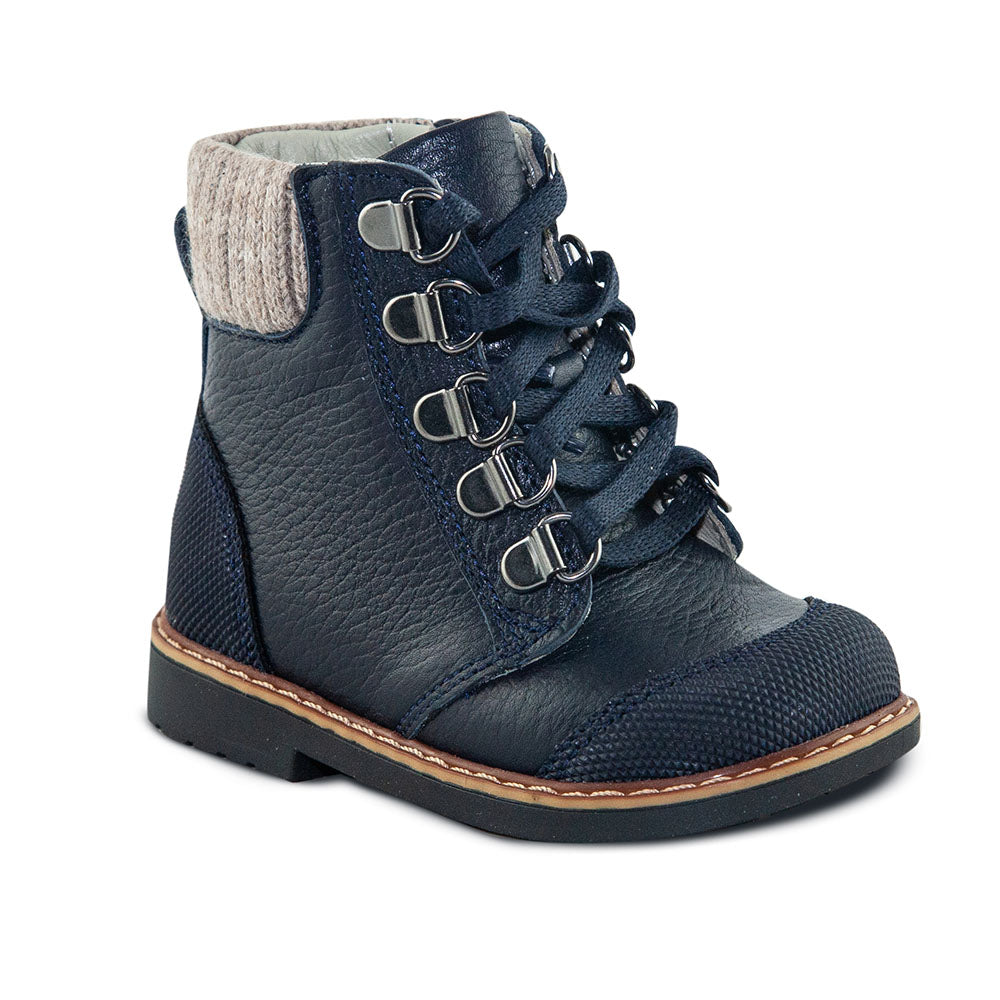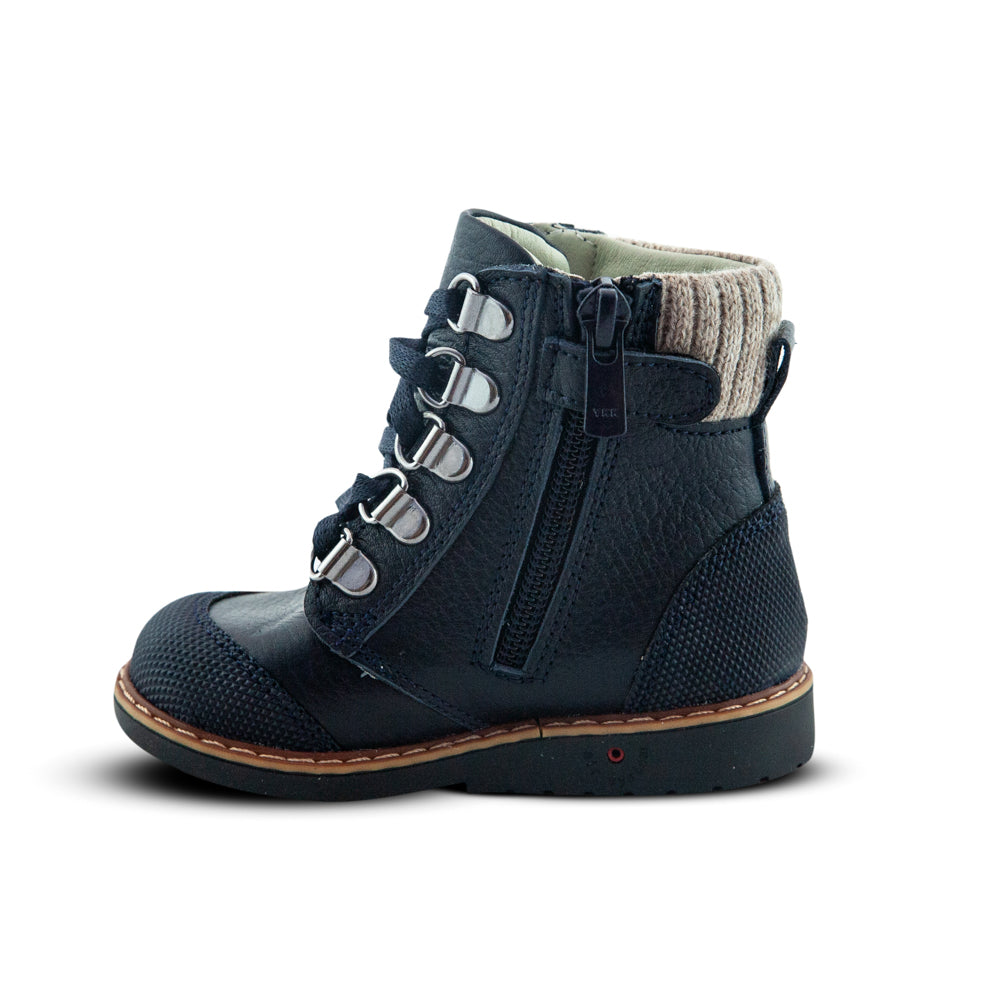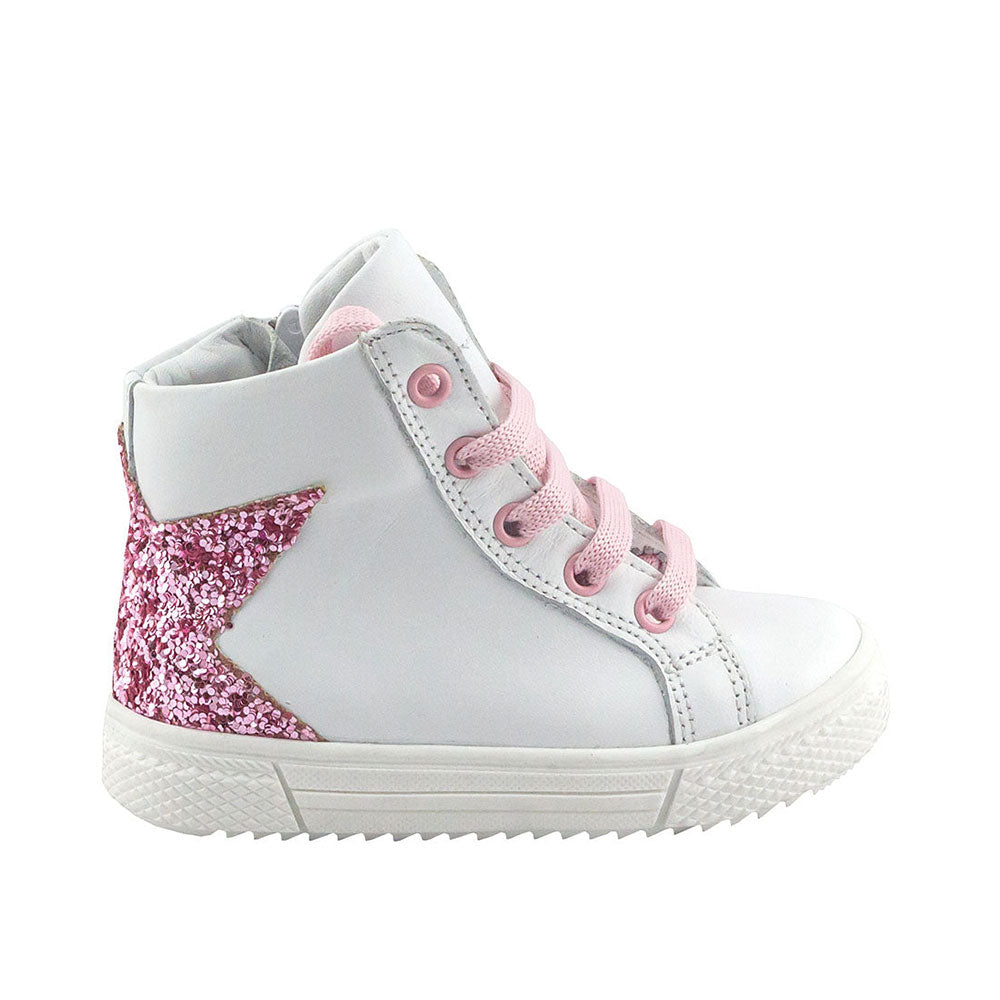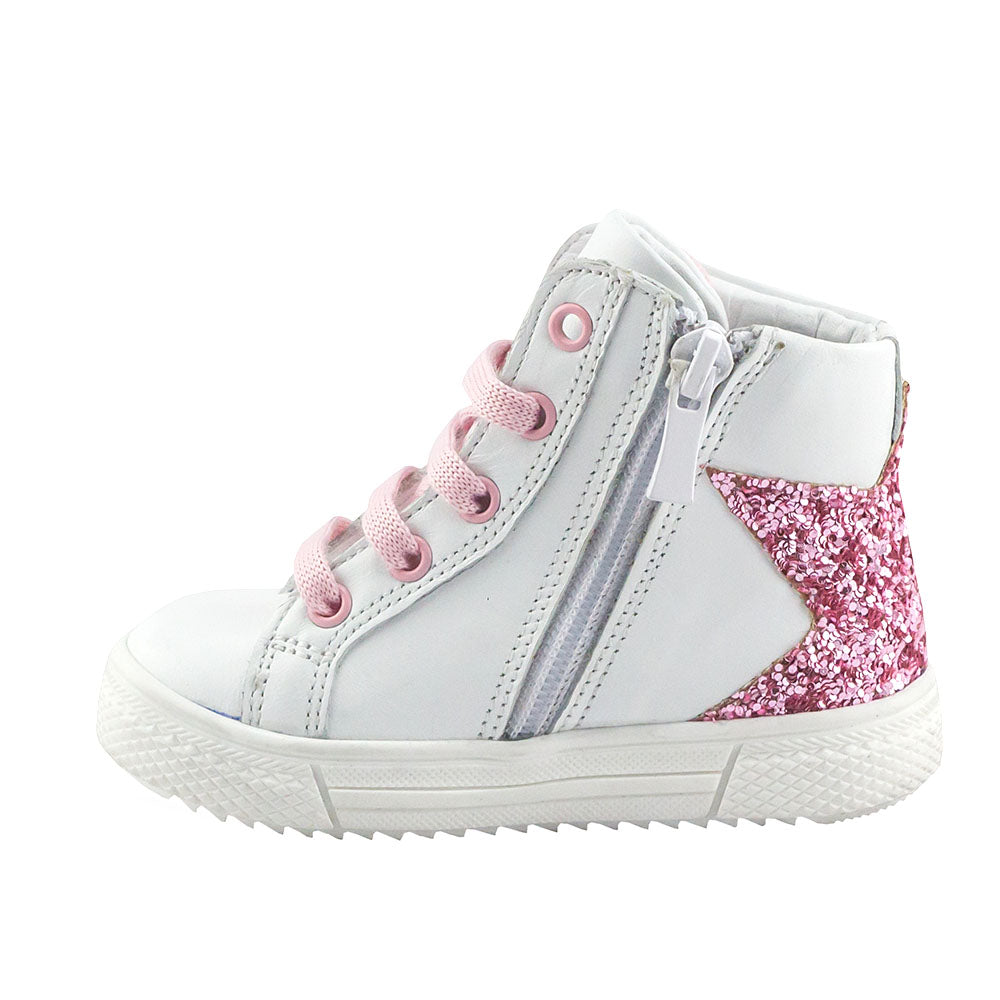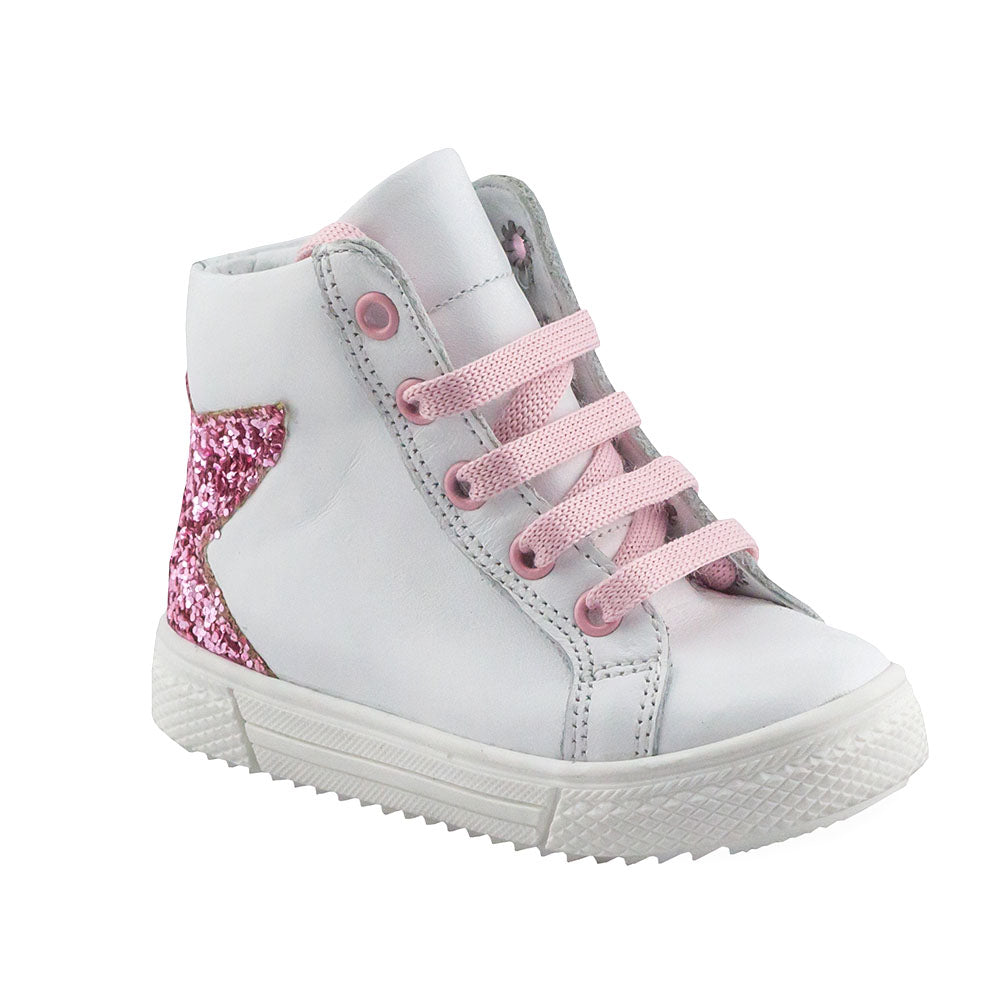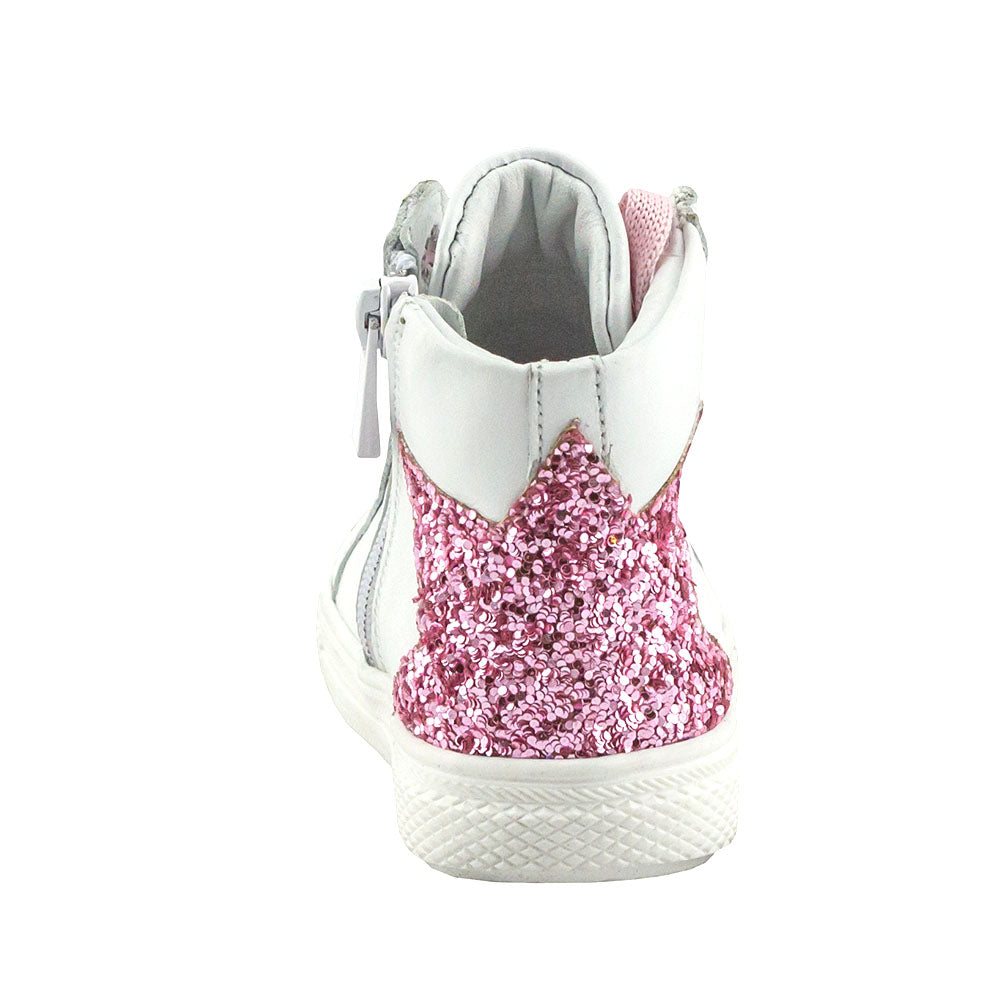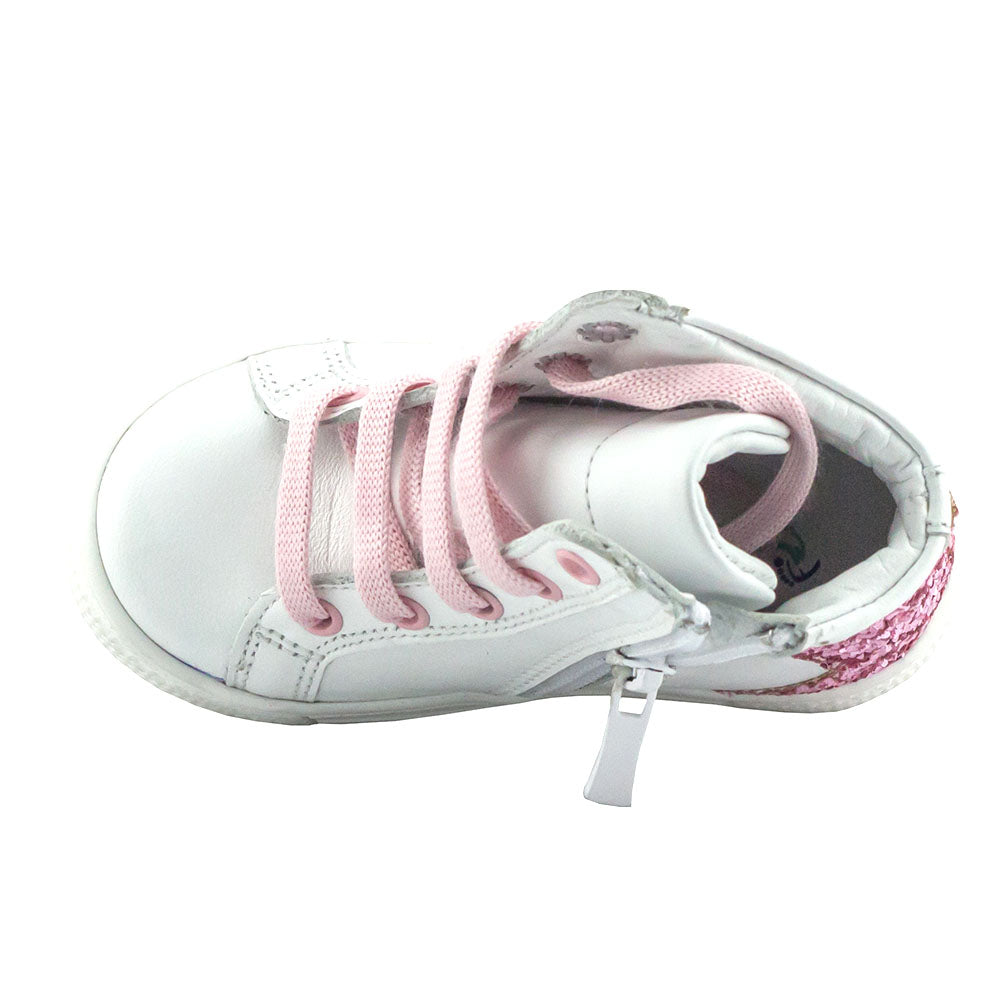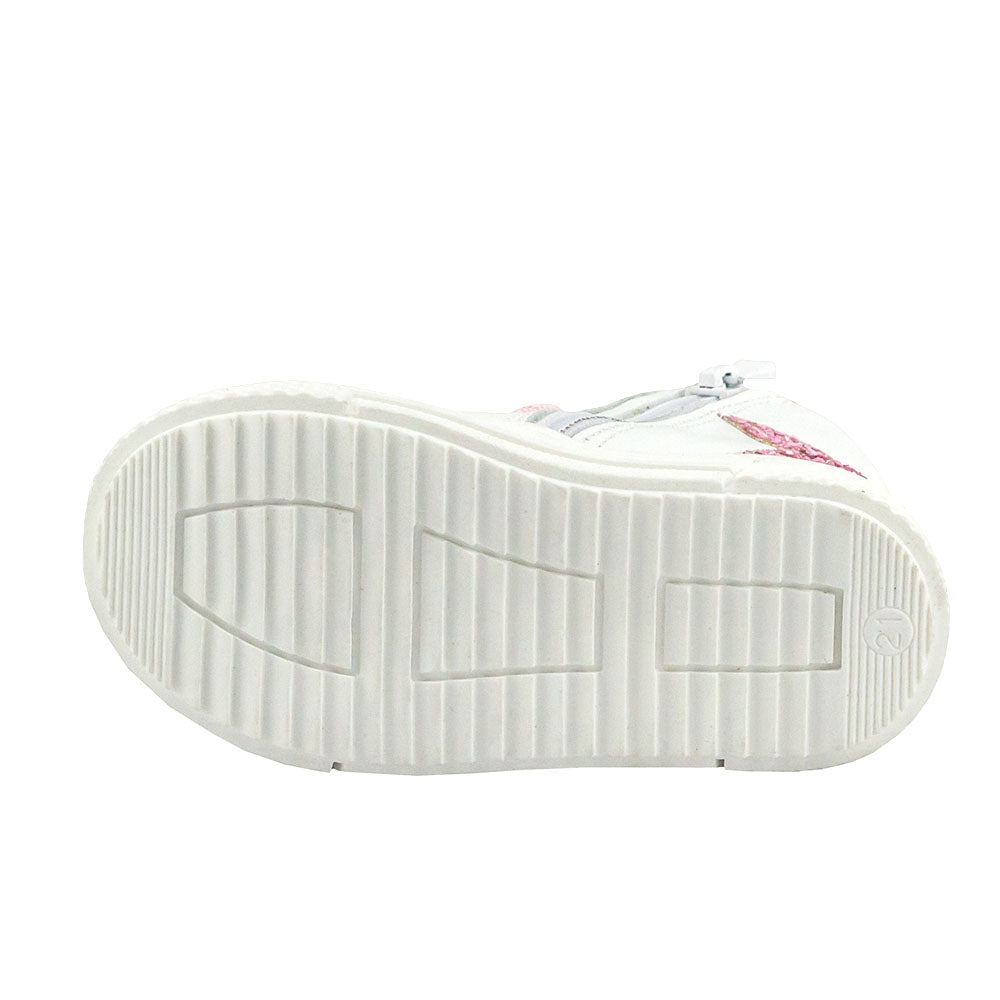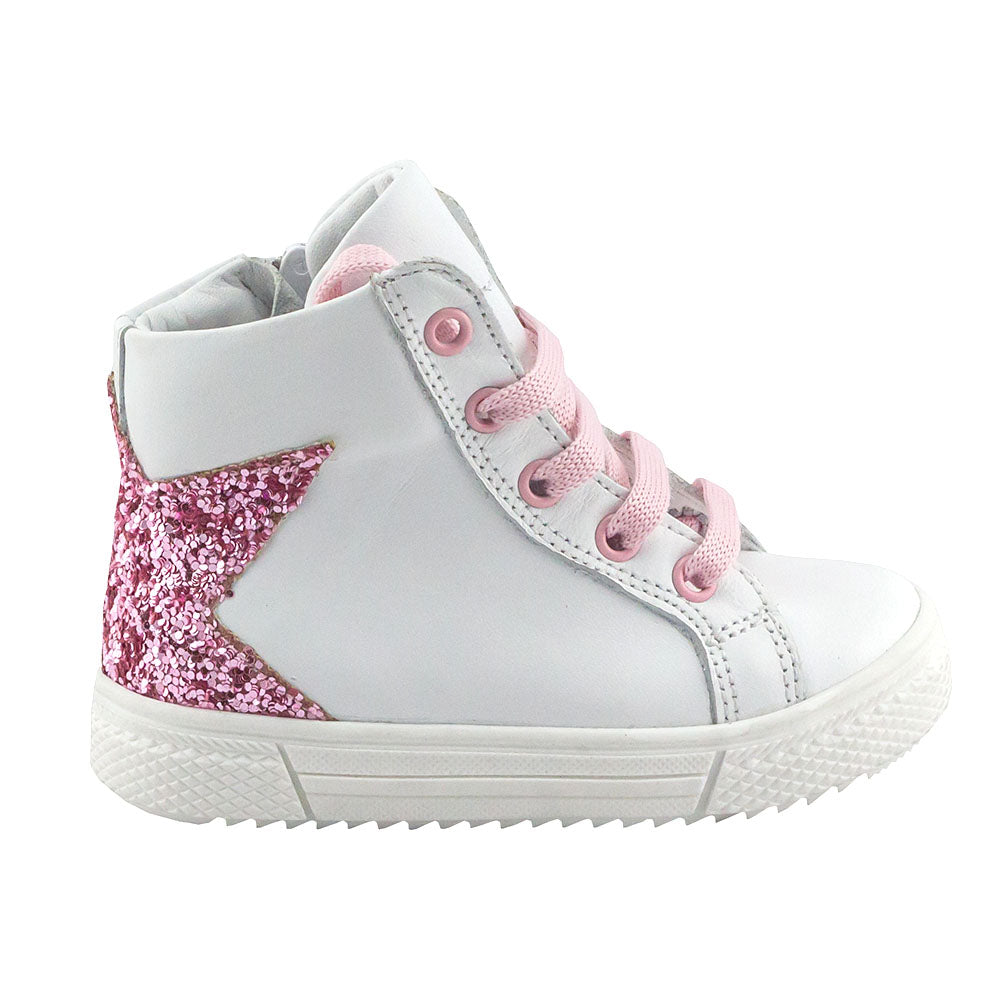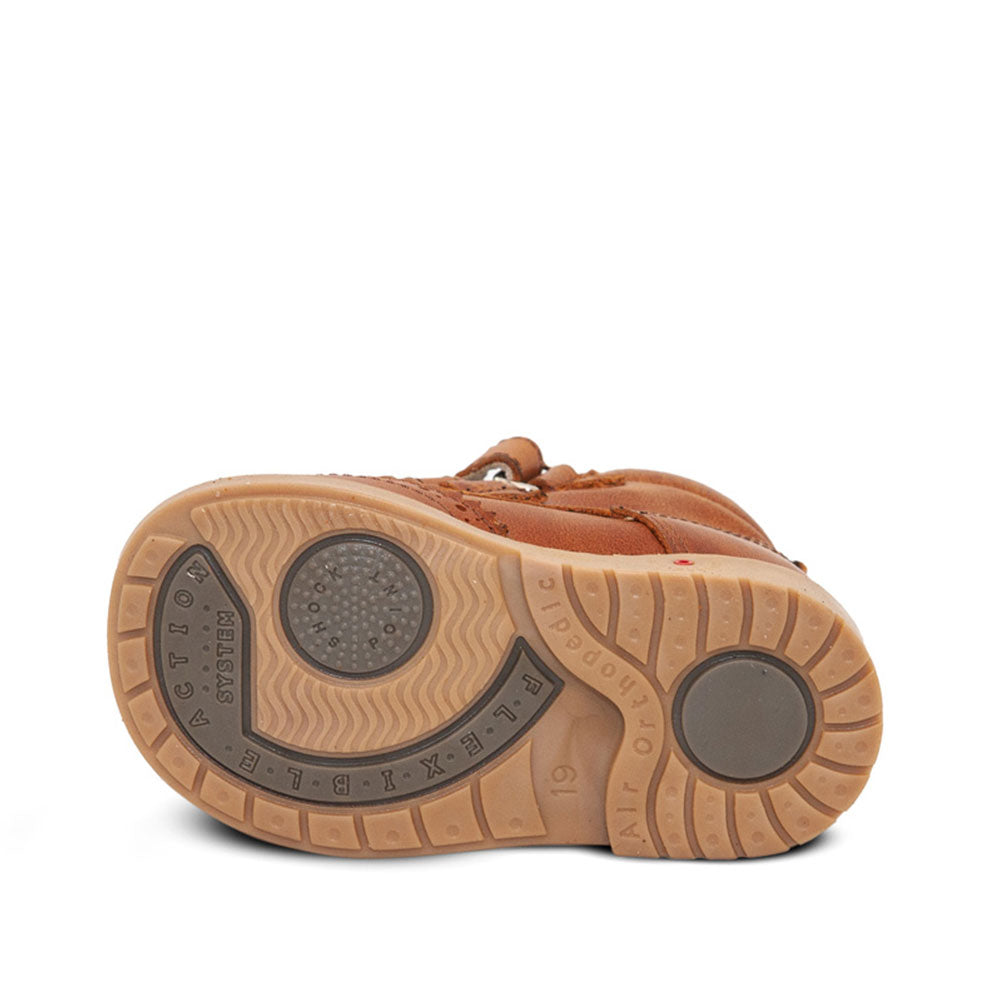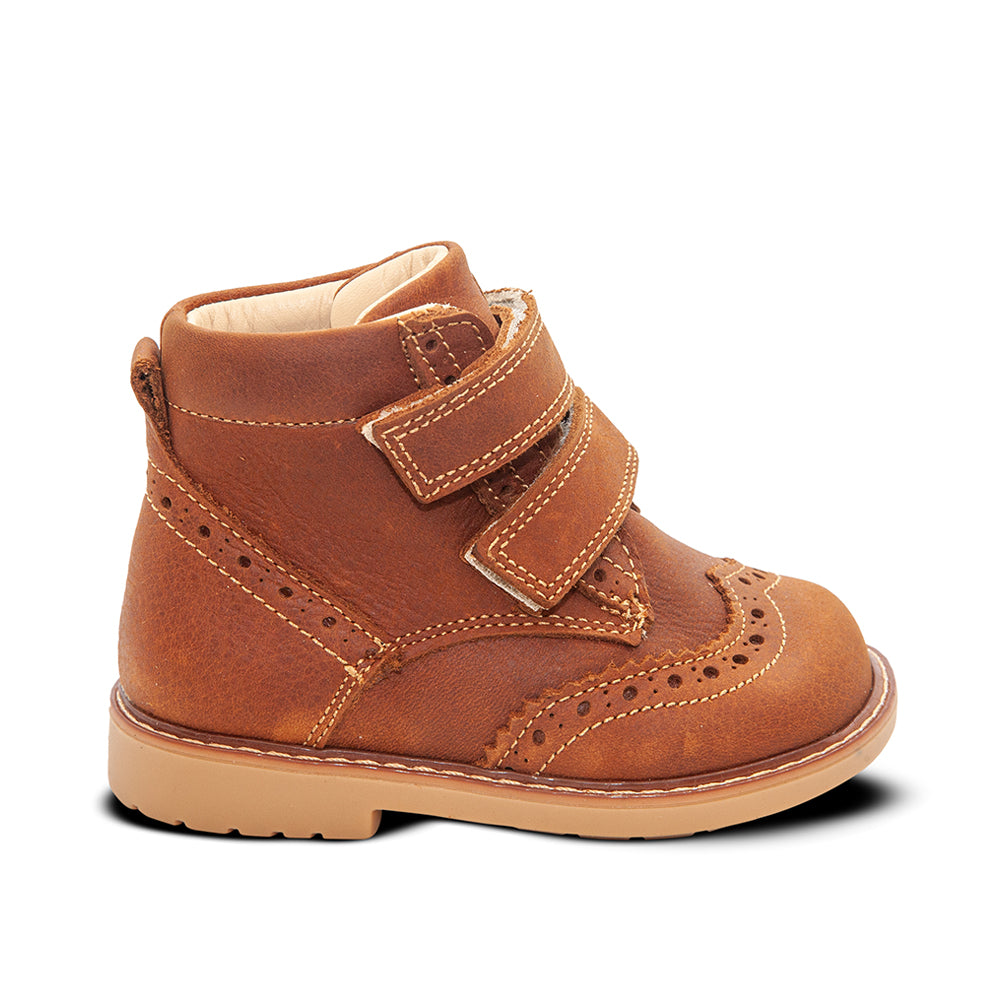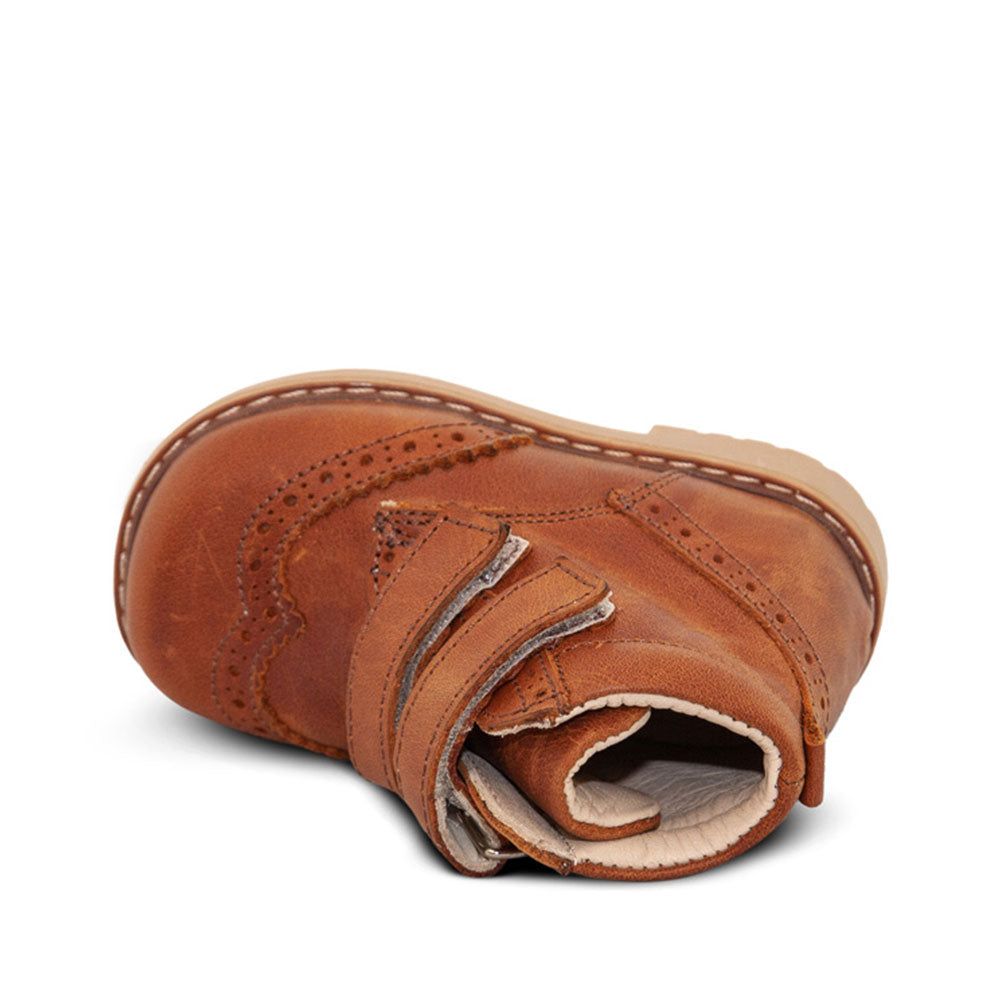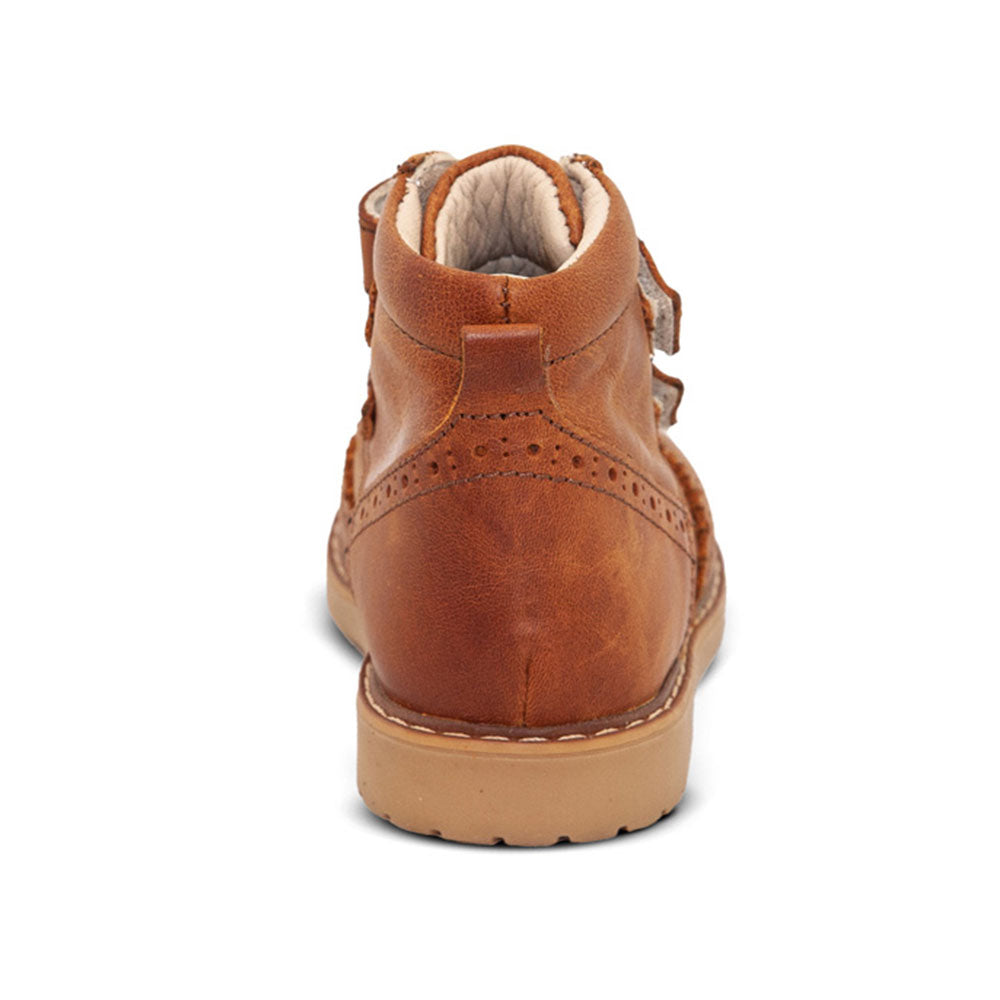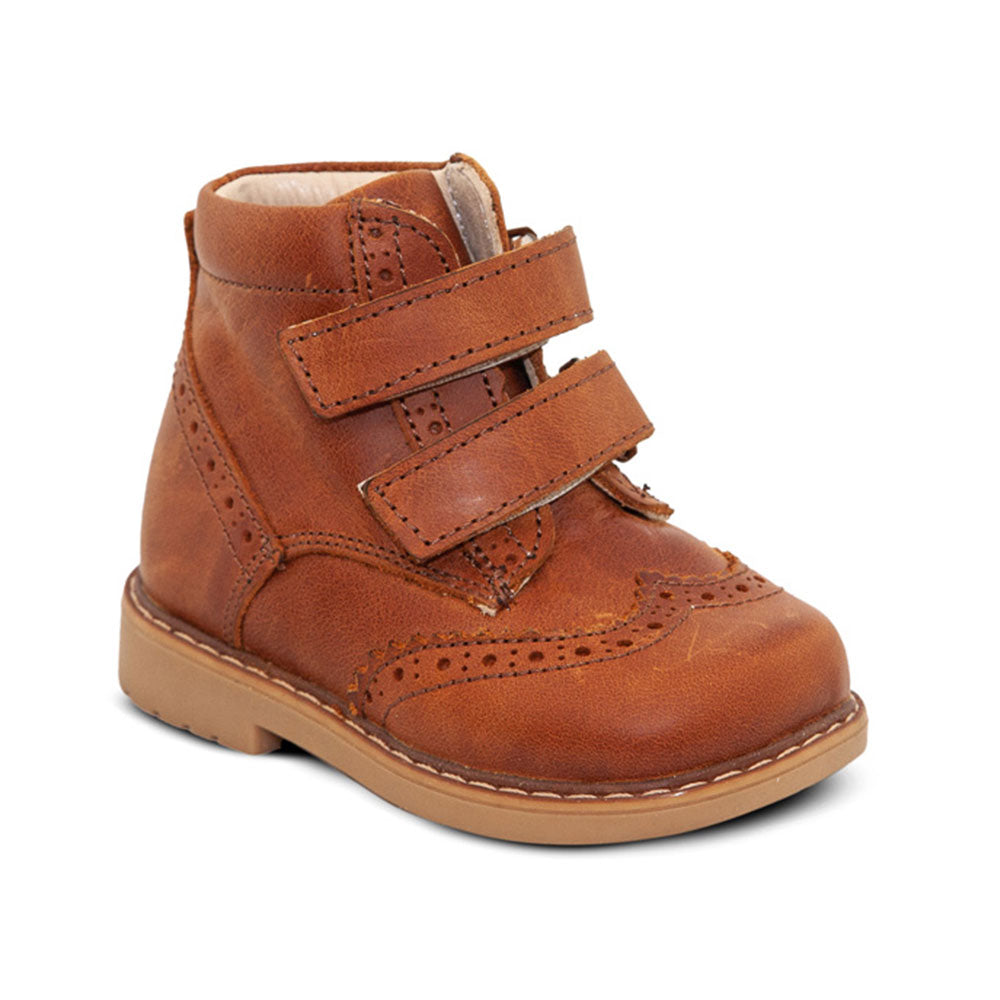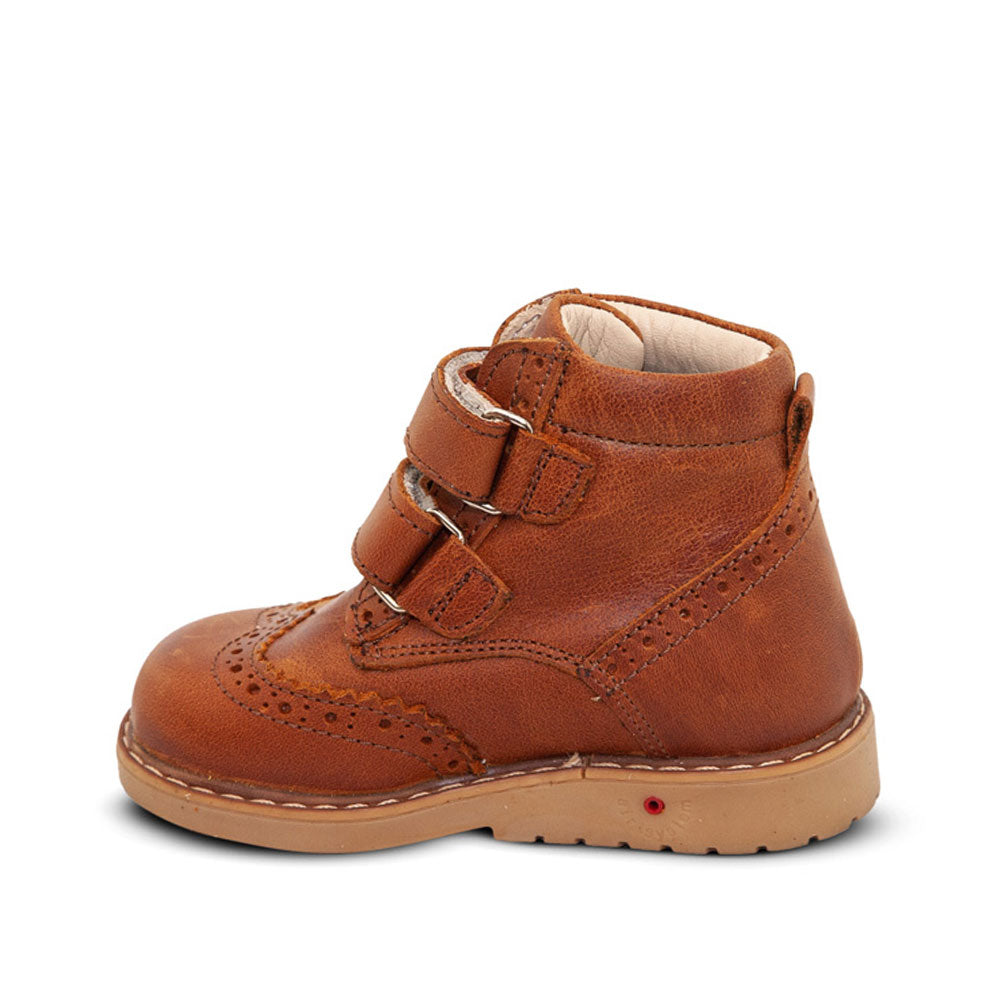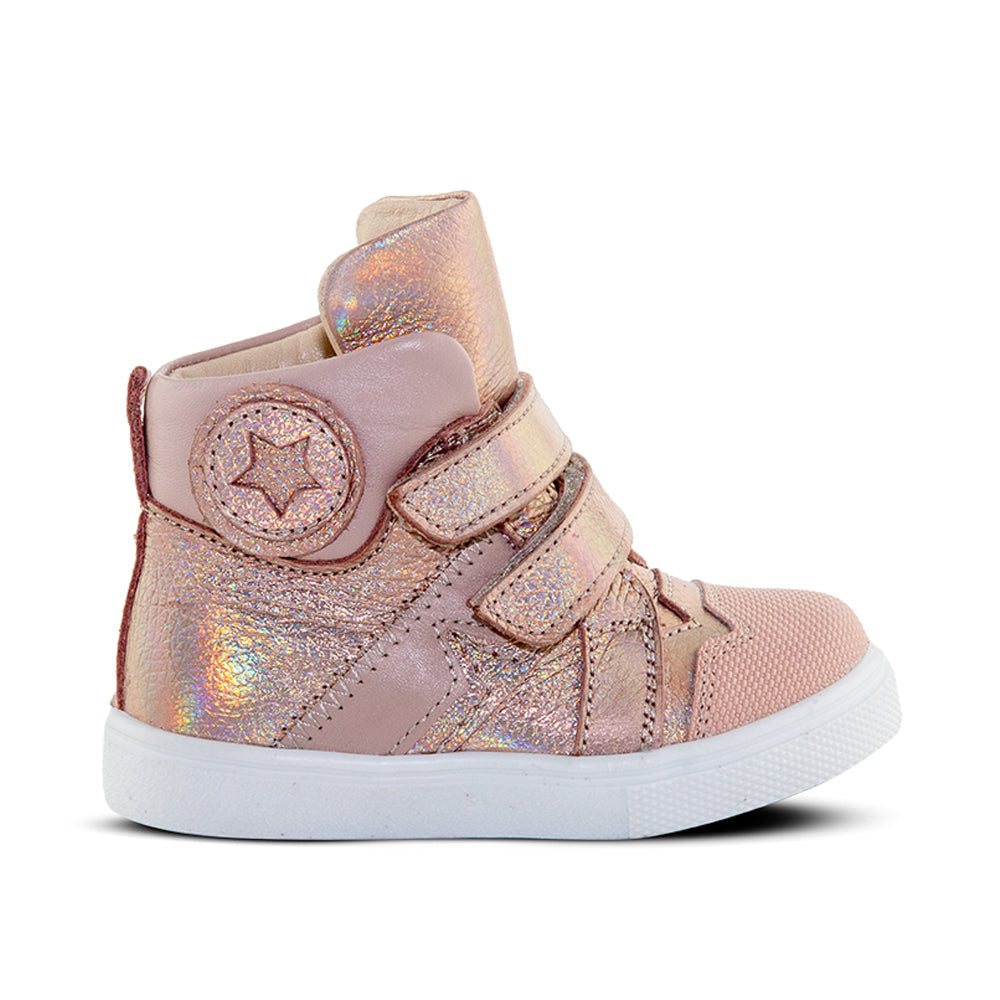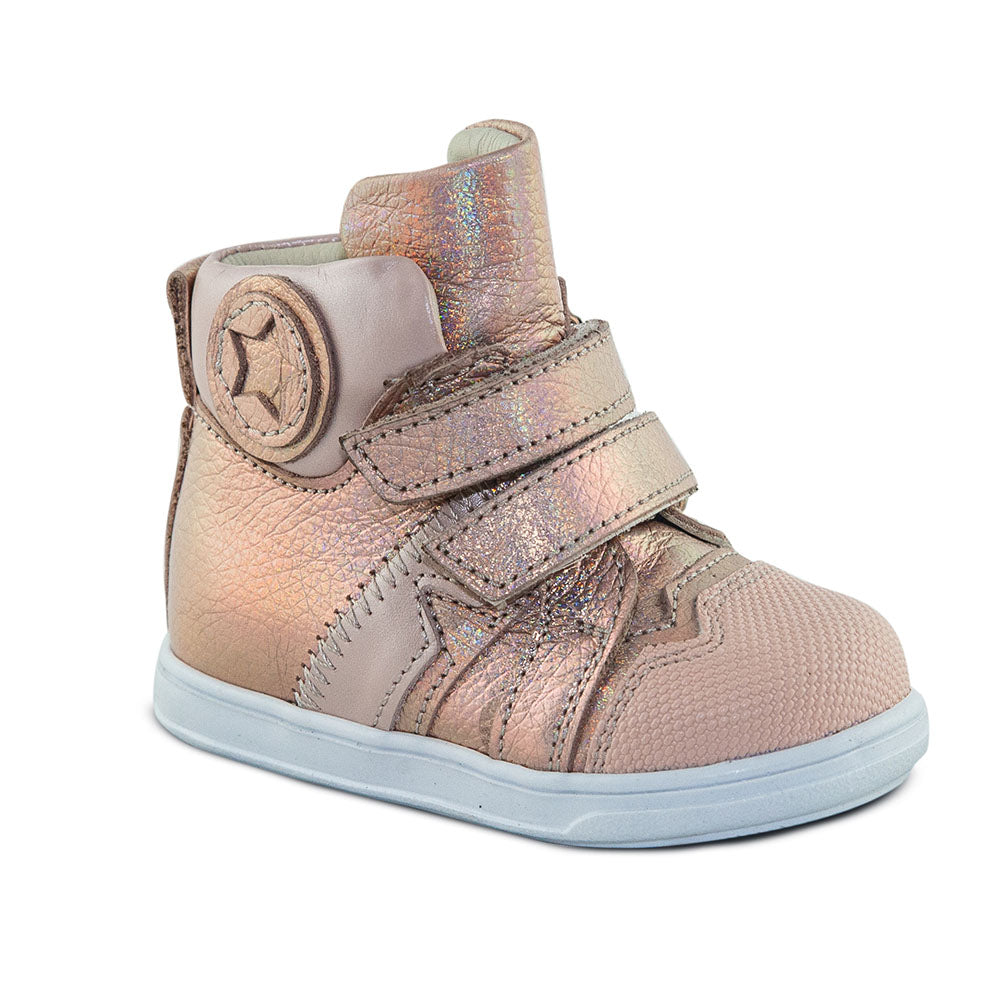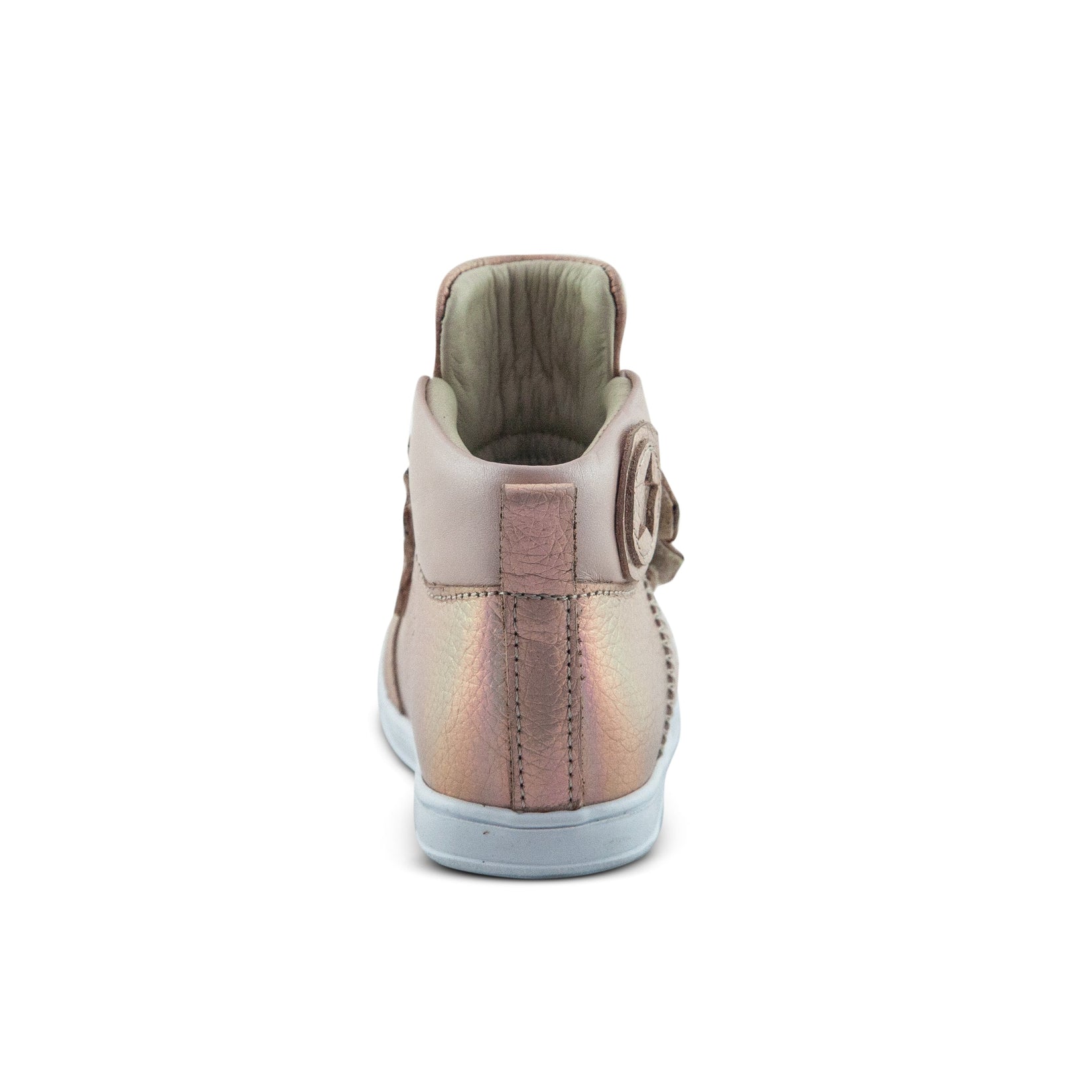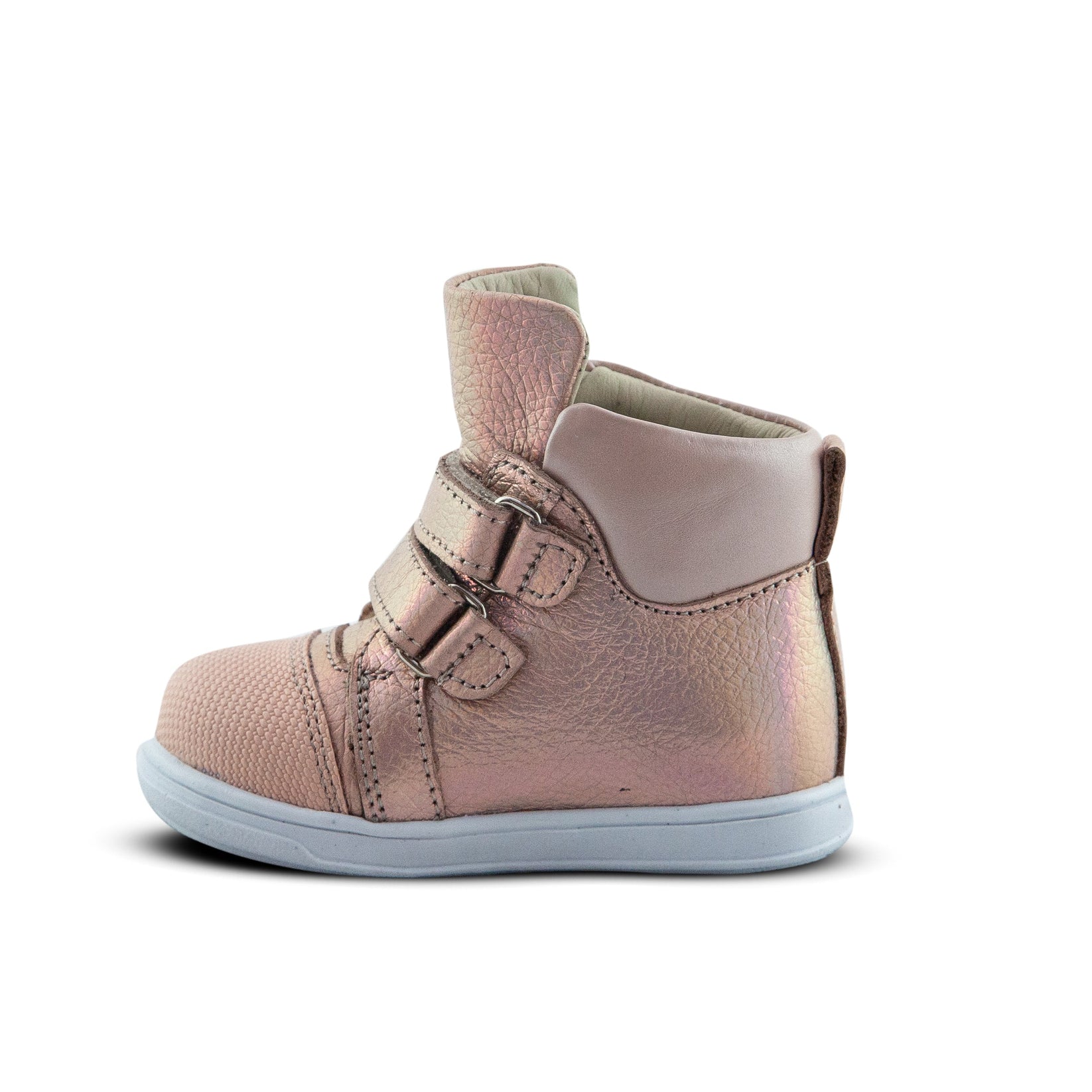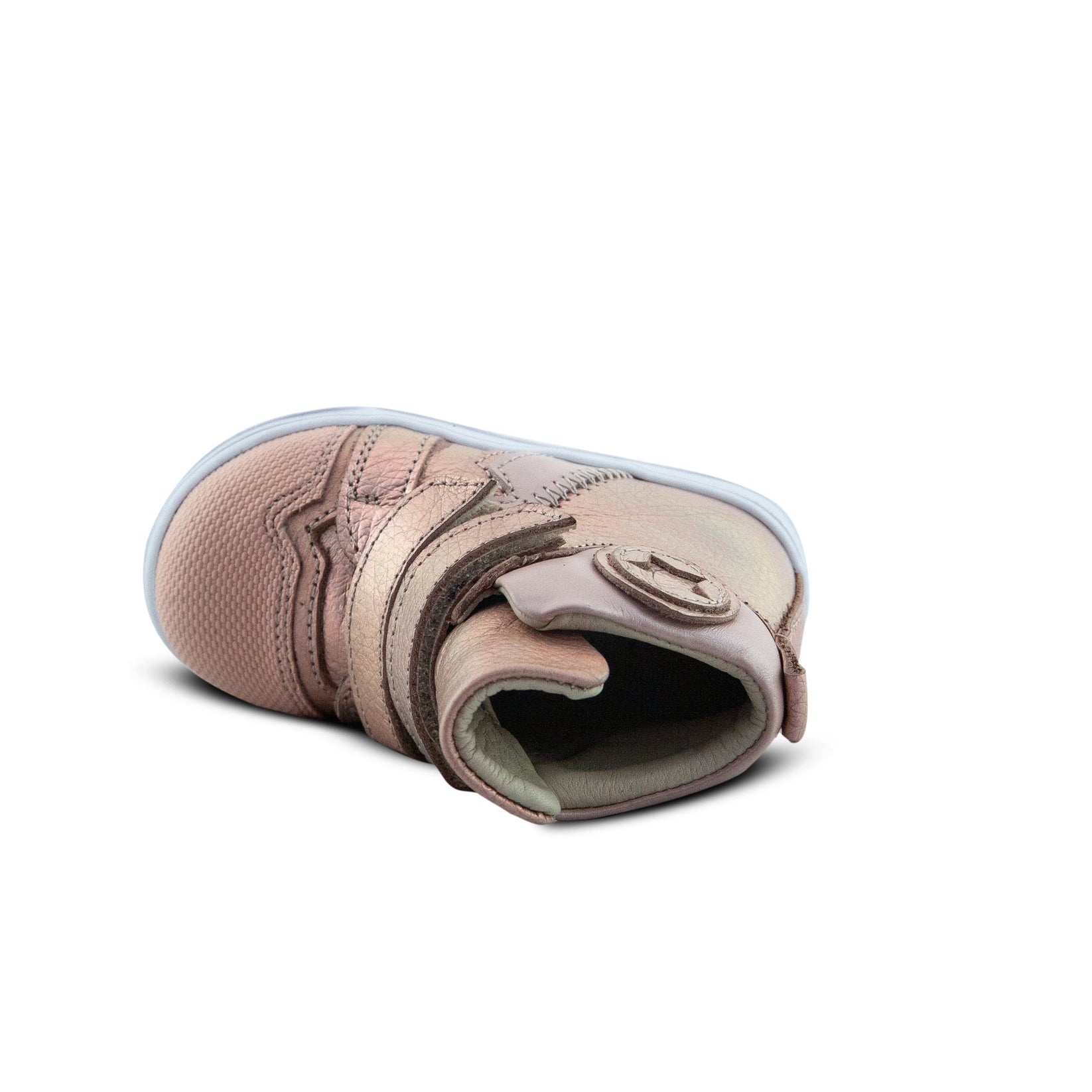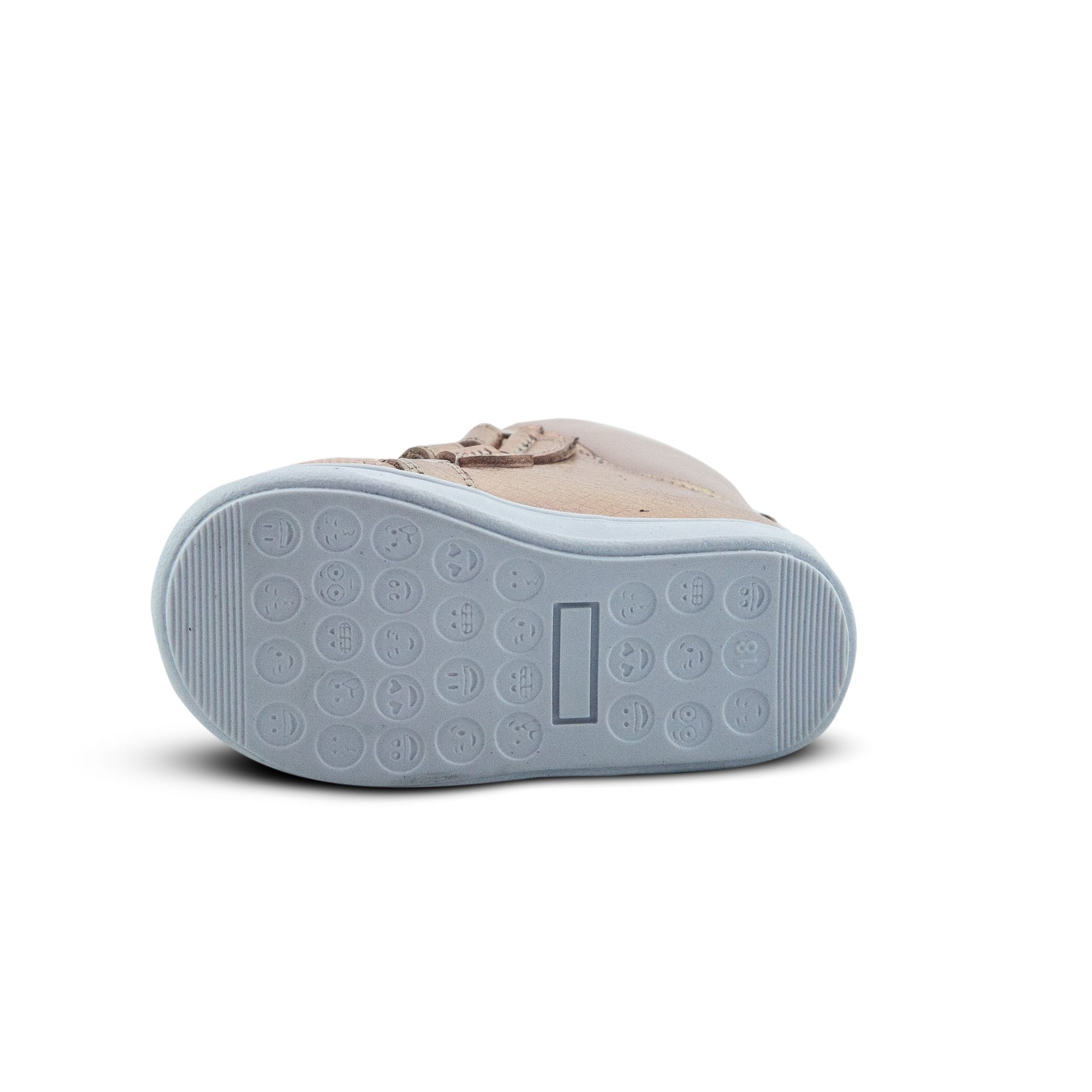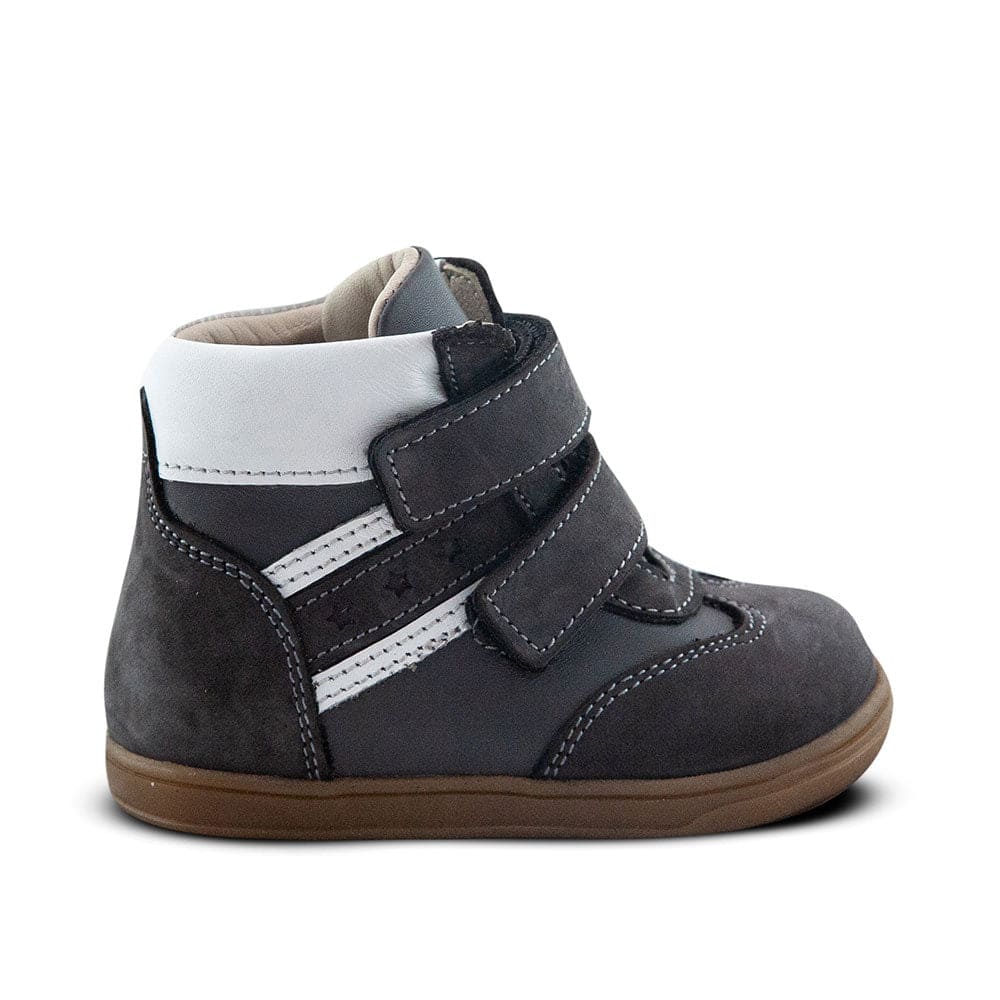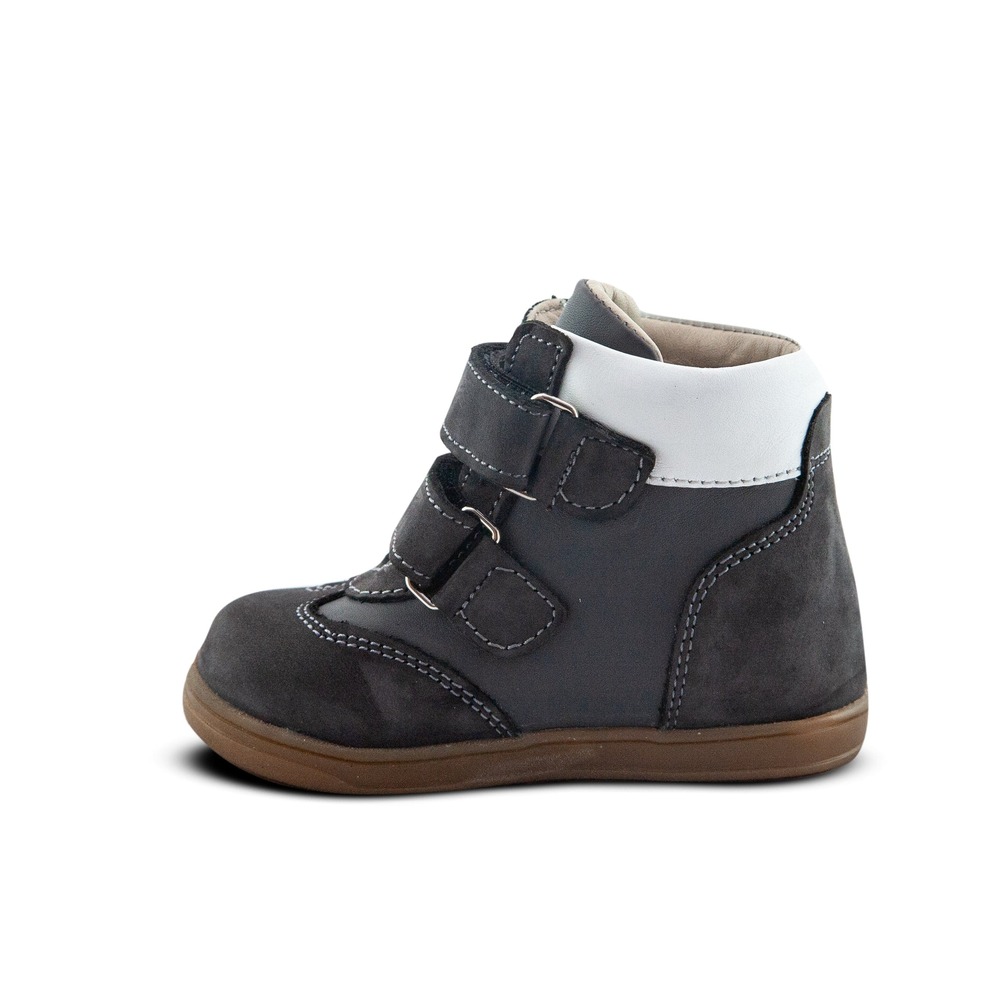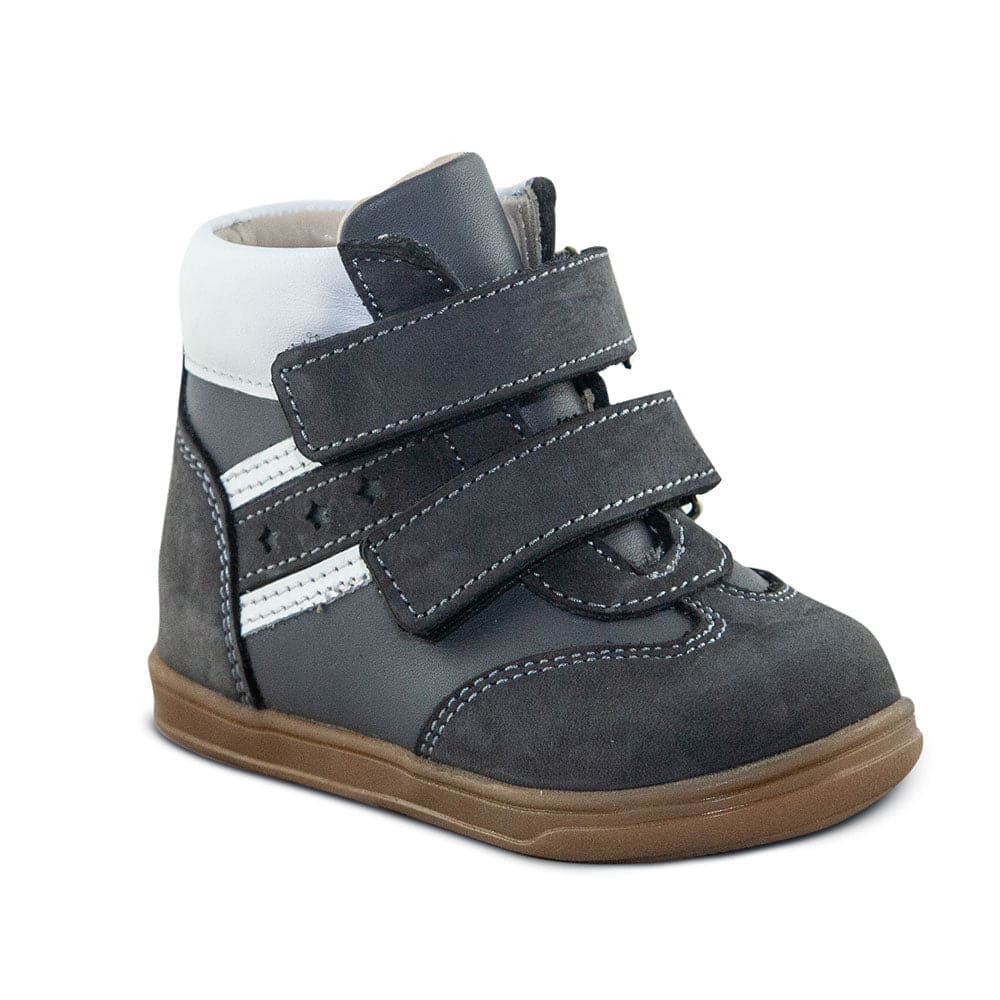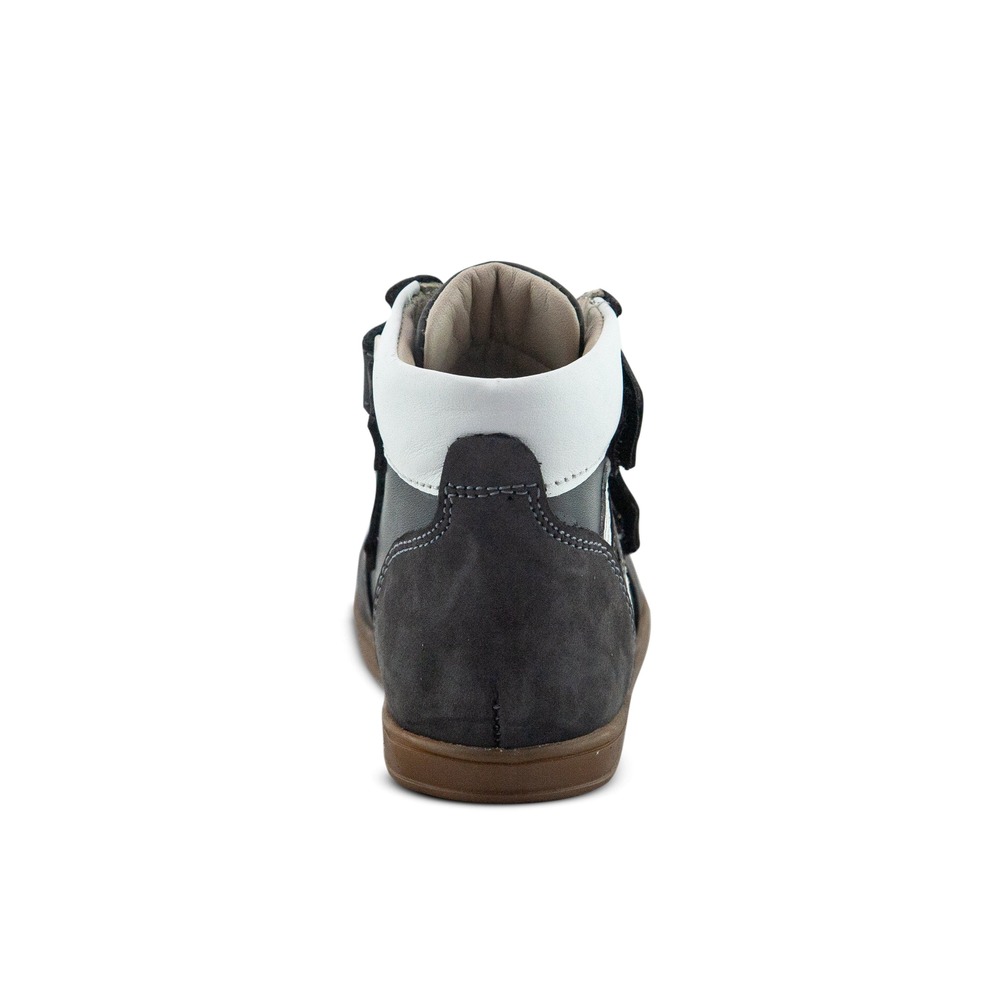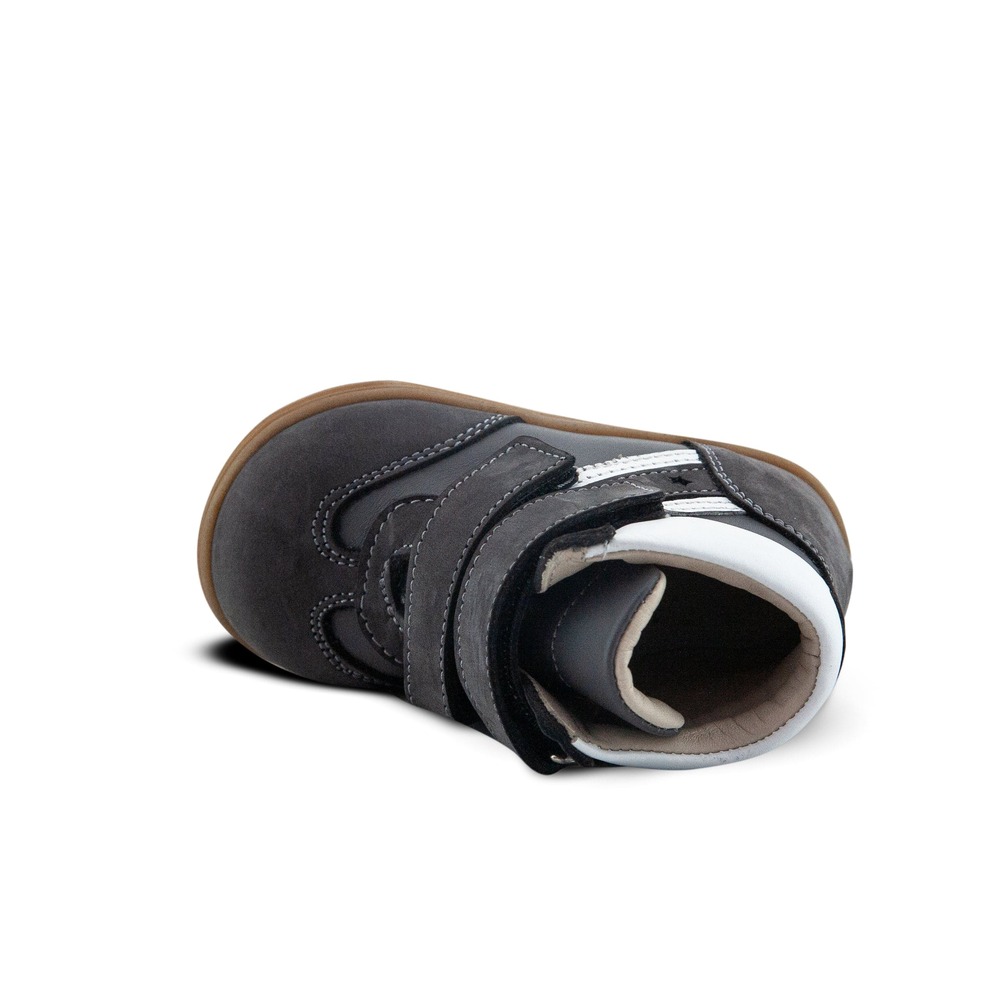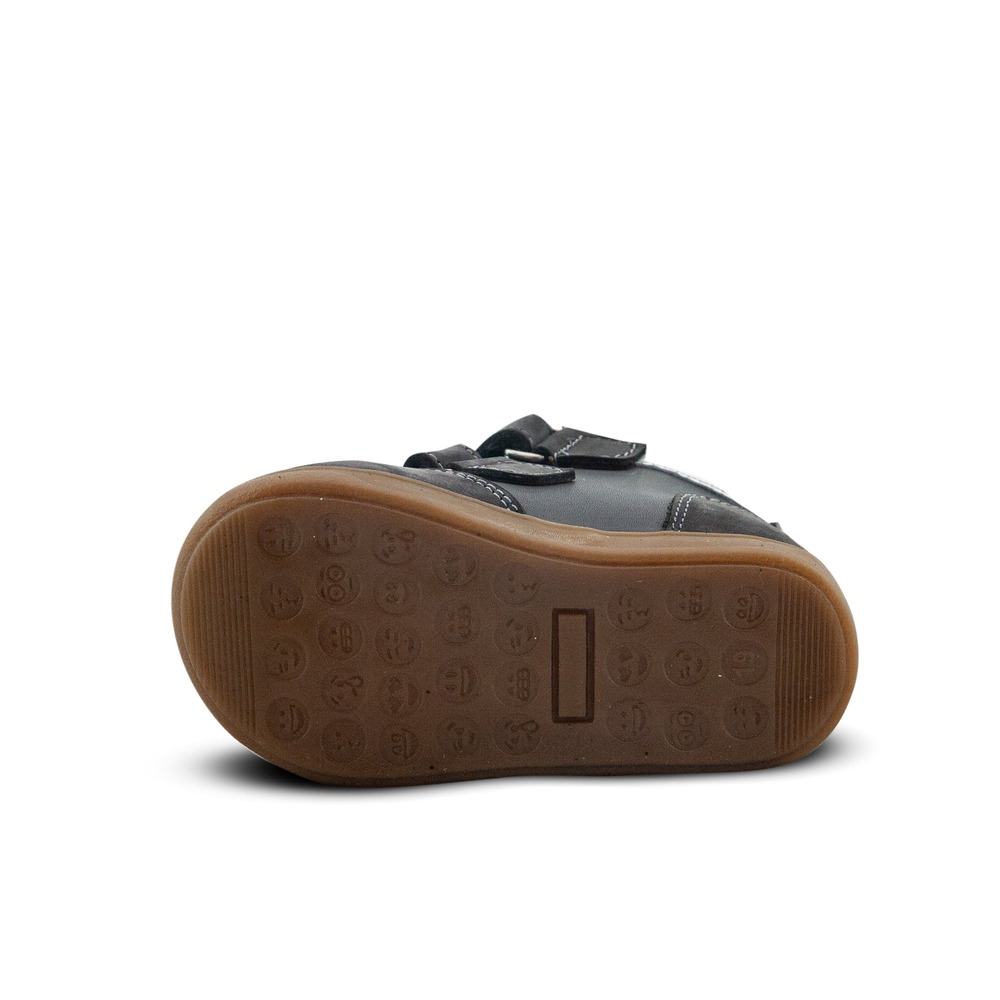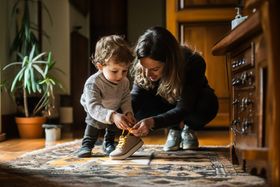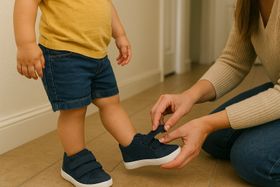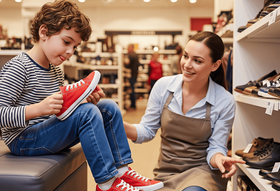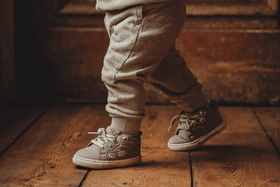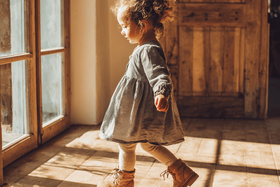10 Best Shoes for Preschoolers: Comfort, Durability, and Style
Preschoolers need shoes that support rapid foot development while handling intense daily wear. The best shoes for preschoolers feature flexible soles, roomy toe boxes, breathable materials, and closures kids can manage themselves.
Updated October 6, 2025
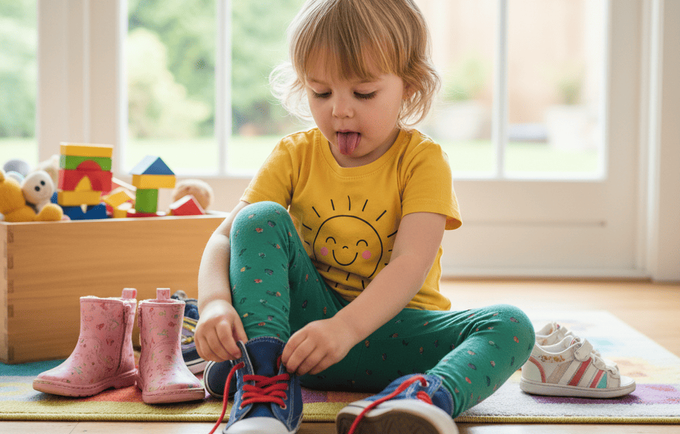
Your preschooler comes home with scuffed shoes again. The toe is separating from the sole, and you just bought them last month. Sounds familiar?
You need the best shoes for your toddler that can survive the chaos of preschool life while supporting healthy foot development during these important growing years. Finding both probably feels impossible when you're staring at endless options online.
The good news? The right shoes exist. They balance durability with proper support, style with function, and independence with safety.
Our Picks for the 10 Best Shoes for Preschoolers
What Makes Preschool Shoes Different from Toddler Shoes
Preschoolers between the ages of 3 to 5 have unique needs that set them apart from younger toddlers. Their feet grow approximately half a size every four months, creating ongoing sizing challenges that affect both fit and your budget.
At this stage, your child is intensely active. Running, jumping, climbing on playground equipment, and nonstop movement put serious wear on footwear. Their developing feet need protection and support throughout
Foot development remains vital during preschool years. Most children are born with flat feet due to natural fat pads, but arches gradually form during childhood [1].
By age 10, only about 4% of kids still have flat feet compared to 60% of toddlers aged 2-6. Your child's shoes need space for natural movement without restriction during this developmental window.
Independence matters now, too. Preschoolers are learning to dress themselves, and managing footwear becomes part of their daily routine. Shoes that they can put on without help build confidence and reduce morning battles.
Key Features in the Best Preschool Shoes
Flexibility and Lightweight Construction for Preschoolers
The shoe should bend easily at the ball of the foot. This flexibility lets foot muscles work properly, strengthening with each step and supporting healthy arch development.
Stiff or rigid shoes restrict muscle activation and limit joint movement. The ideal preschool shoe is flexible enough to let soft tissue strengthen, yet supportive enough to promote proper alignment.
Lightweight construction also reduces how much energy is spent, letting your child move naturally without strain on developing legs.
Proper Fit With Room for Growing Preschool Feet
A wide toe box is important for preschoolers. Small feet expand when bearing weight, and cramped toes interfere with natural development and balance.
Look for shoes at least 10-12mm longer than your child's foot. Research shows clear connections between insufficient shoe length and foot deformities [2]. Rounded or square toe boxes give toes room to spread naturally, promoting proper alignment.
Check fit by ensuring there's approximately a thumb's width between your child's longest toe and the shoe end when new.
Breathable Materials Keep Preschool Feet Healthy
Preschoolers' feet sweat heavily during active play. Breathable materials like leather or mesh allow air circulation, preventing discomfort and odor buildup.
Always try to avoid synthetic materials like plastic that trap moisture. Quality breathable materials extend shoe life while keeping feet fresh, preventing stinky feet despite hours of wear in preschool classrooms and playgrounds.
Supportive Heel Cups in Preschool Running Shoes
The heel cup should have some resistance when pinched, but still compress somewhat. Not too flimsy to collapse, not too rigid to stay stiff.
A stable heel cup prevents slipping and promotes optimal fit. This keeps the ankle and small foot joints neutral, maintaining the calf muscles at their most powerful. This balance matters during the dynamic movements of active preschoolers.
Non-Slip Soles for Safe Preschool Activities
Flexible, non-skid rubber soles prevent slipping during active play. Soles should be thin enough for sensory feedback and balance development, yet thick enough to protect from sharp objects.
Good shock absorption becomes increasingly important as preschoolers participate in high-impact activities. The sole's traction helps prevent falls on surfaces from playgrounds to classroom floors.
Easy Closures Preschoolers Can Manage Themselves
Velcro straps, elastic laces, or slip-on designs let children put on and remove shoes independently. This builds confidence during daily routines and eliminates frustration during busy mornings.
Adjustable closures ensure the foot sits securely in the heel cup, which affects leg and foot muscle function. Easy fastenings let kids manage their own shoes without gripping toes unnaturally to keep shoes on.
Common Mistakes When Buying Preschool Shoes
Buying Preschool Shoes Too Large to Grow Into
Parents often buy shoes one or two sizes too large, hoping to save money. Unfortunately, this often backfires badly.
Loose-fitting shoes cause instability and reduce coordination, potentially leading to falls. Your child may overwork certain foot muscles to grip the shoe and keep it on, creating muscle imbalances. The constant rubbing from sliding feet causes painful blisters, negating any cost savings.
Using Hand-Me-Down Preschool Shoes
Even lightly worn shoes mold to a child's unique foot structure. Placing another child's foot into pre-shaped shoes forces their developing feet to conform to a shape that isn't theirs, potentially hindering natural development.
Used shoes may have worn-out soles, weakened structures, or hidden damage affecting stability. Active children also create warm, moist environments inside shoes where bacteria and fungi thrive, increasing risks of athlete's foot and infections.
Neglecting Regular Fit Checks for Growing Preschoolers
Children's feet change size every few months, and this can result in children wearing shoes that are too small or worn out.
Young children often can't communicate when shoes don't fit properly. Too-small shoes restrict growth and cause blisters, ingrown toenails, and potential foot deformities.
You should always measure both your child's feet every 1-2 months and inspect their shoes for signs of wear.
Choosing Style Over Support in Preschool Footwear
Parents sometimes select fashionable shoes that lack proper support features. Trendy designs without flexibility or poor-quality materials create problems.
Shoes with flat, unsupportive soles can lead to improper walking patterns. While saving money on cheaper, stylish options seems practical, investing in quality shoes with proper construction proves more cost-effective long-term.
Expert Tip: Preschoolers need shoes supporting healthy development first, with style as a secondary consideration.
The 10 Best Shoes for Preschoolers
Helping Preschoolers Adjust to New Seasonal Shoes
Changing between shoe types throughout the year can create unexpected challenges for your little one, who thrives on routine. Moving from winter boots to spring sneakers may trigger some resistance.
To avoid issues, you should introduce new seasonal shoes 2 to 3 weeks early, allowing 10 to 15-minute indoor wearing sessions during playtime without pressure. To avoid this, create a visual calendar showing when "boot time" ends and "sneaker time" begins.
You can also keep one pair of the previous season's shoes accessible during the first week of these transitions for any particularly difficult mornings.
Invest in the Right Shoes to Support Your Preschooler's Development
Choosing shoes for your preschooler comes down to understanding their unique needs during these active, growing years. Their feet need shoes that support healthy development while handling the intense wear of classroom life and playground adventures.
Whether you need all-day classroom comfort like the Billy Smooth, playground durability like the Johnny Rigel, or versatile everyday wear like the Silvery Ellie, the best choice depends on your child's specific activities and requirements.
Remember that flexible soles, proper fit, breathable materials, supportive heel cups, non-slip soles, and closures that your child can manage independently are necessary. These features aren't optional extras—they're essential for healthy foot development during these important years.
References
Flat feet & fallen arches: When is treatment needed? (n.d.). HealthyChildren.org. https://www.healthychildren.org/English/health-issues/conditions/orthopedic/Pages/Flat-Feet-Fallen-Arches.aspx
Buldt, A. K., & Menz, H. B. (2018). Incorrectly fitted footwear, foot pain and foot disorders: a systematic search and narrative review of the literature. Journal of Foot and Ankle Research, 11(1). https://doi.org/10.1186/s13047-018-0284-z
Disclaimer: First Walkers' information is intended for educational and informational purposes related to toddler footwear and feet. We encourage you to consider individual circumstances and consult qualified orthopedists about specific conditions.
FAQs
What size shoes do preschoolers typically wear?
Preschoolers aged 3-5 typically wear sizes ranging from US 8-12 (toddler) to US 12.5-2 (youth), though individual variation is significant. Always measure both feet before purchasing rather than relying on age-based sizing.
How often should I replace my preschooler's shoes?
Check fit every 1-2 months, as preschool feet grow approximately half a size every four months. Replace shoes when there's less than a thumb's width between the longest toe and the shoe end, or when structural support shows wear.
Should preschool shoes have arch support?
Yes, gentle built-in arch support helps guide natural development without forcing foot structure. This is especially important as arches continue forming during preschool years.
Are expensive preschool shoes worth the cost?
Quality shoes with proper support features and durable construction provide better long-term value than cheaper alternatives that wear out quickly. Focus on features rather than price alone.
Can my preschooler wear hand-me-down shoes from siblings?
Avoid hand-me-down shoes as they've molded to another child's unique foot structure and may have hidden wear affecting support. The health and developmental risks outweigh potential savings.

